This
post was originally published on
this siteOriginally Posted At: https://breakingmuscle.com/feed/rss
Although most people get enough protein through their diet, some turn to protein powder as a convenient way to add this building block of the body to their diet. However, not all protein powder is created and regulated the same, which is where the question of organic and non-organic protein powder comes into play.
Anyone can produce a non-organic protein powder and sell it to consumers. Such is not the case with organic options. Those labeled as USDA organic cannot contain certain ingredients and must be grown and processed in a way that meets federal guidelines. As a result, you’re much more likely to receive a better quality product that’s free of certain chemicals, pesticides, GMOs, and more.
For many, this benefit is worth the more expensive price, but even in the organic protein powder market, there are several options to choose from. So, how are you supposed to pick the one that’s best for you?
We’ve made it easy for you. Keep reading to discover nine of the best organic protein powder. From the best whey protein to the best egg white protein, we’ve got your back.
Medical disclaimer: This article is intended for educational and informational purposes only. It is not intended as a substitute for medical advice. For health advice, contact a licensed healthcare provider.
How We Chose the Best Organic Protein Powders
In the fitness industry, people aren’t shy about saying what they do and don’t like, especially when it comes to protein supplements. Therefore, to come up with our list, we did a mix of asking those in our network and browsing the internet. We’ve also tested over 70 protein powders and relied on our first-hand experience to find the best organic products.
As we made our list, we wanted to remember people’s different preferences and goals. Some folks use protein powders as meal replacements to help lose weight, while others are bodybuilders trying to bulk up. We also considered dietary factors such as veganism, as we wanted anyone reading this to find a protein powder with ingredients that align with their diet.
In addition to fitness goals and dietary preferences, we contemplated things like cost, flavors, texture, and third-party testing. Before we knew it, we were able to take a list that included dozens and narrow it down to nine of the best organic protein powders on the market.
Our Top Picks for the Best Organic Protein Powders
Best Organic Protein Powder Transparent Labs Organic Vegan Rice & Pea Protein
Pros
- Informed Choice Certified
- Has all nine essential amino acids
- Low carb
Cons
- Only two flavors
- Very few vitamins and minerals
- Made on equipment that processes nuts
As a popular brand in the supplements market, Transparent Labs is known for being straightforward about its formulation. It steers clear of artificial sweeteners and aims to create products with clean ingredients backed by science. So, it’s no surprise that its Organic Vegan Rice & Pea Protein landed on our list as the best organic protein powder.
There is a lot to love about this product. It’s USDA Organic, contains minimal ingredients, has no allergens, soy, or genetically modified organisms (GMOs), and it tastes good. Compared to other options that cost less than $40 per tub, this protein powder is pricier at around $50 per container, but most would say this vegan option is worth it.
Many plant-based eaters have a hard time getting enough protein in their diet, but rice- and pea-based protein powders like this one can help. However, there’s been some debate that dairy-free options don’t compare to ingredients like whey protein isolate. Researchers tested this theory, though, and the results showed that organic rice protein can potentially decrease fat mass, increase lean body mass, and boost exercise performance in a way that’s comparable to whey protein. (1)
RELATED: Plant-Based Protein Versus Whey for Athletes
Similarly, pea protein isolate can help promote muscle growth and strength. (2) Pea protein also has a considerable amount of isoflavones, which are protective antioxidants with possible health benefits like improved cardiovascular health. (3)
Transparent Labs Organic Vegan Rice & Pea Protein only comes in two flavors — French Vanilla and Chocolate — which can be limiting to some. When a member of our reviews staff tried the French vanilla flavor, she noted that it tasted artificial, foamed a lot when mixed in a shaker bottle, and had a slightly gritty texture. However, other customers report that the protein powder tastes good and mixes well in cold water, so your experience may be different than ours.
One container provides a total of 30 servings. Each serving contains 24 grams of protein and between 130 and 150 calories, depending on the flavor.
Best Organic Whey Protein Powder: Raw Organic Whey
Raw Organic Whey
- Protein type: Whey
- Number of servings: 90
- Cost per serving: $1.26
- Calories per serving: 97.5
- Protein per serving: 21 grams
- Flavors: Unflavored
- Third-party tested: Yes, by Midwest Laboratories
Check Price
Pros
- Only one ingredient
- High-quality whey
- No sweeteners or fillers
Cons
- Difficult to mix
- Poor taste
- Cheap packaging
If you’re looking for a whey protein powder that doesn’t contain a bunch of unnecessary ingredients, say hello to Raw Organic Whey. This grass-fed whey protein, which happens to be a popular choice on Amazon, only has one ingredient. Although this isn’t a good product for individuals following a vegan diet, it’s optimal for those who want to avoid protein powders derived from corn and soy-fed cows.
One study revealed that grass-fed cows have five times more omega-3 than concentrate-fed cows. (4) Research shows that omega-3 may help with building muscle. (5) In addition, milk from grass-fed cows has less fat content, which is important when watching your body weight. (6)
Raw Organic’s whey protein comes from the milk of Jersey cows raised on sustainable small farms. From there, it’s processed in low temperatures without bleach or acid, which results in a high-protein outcome.
One serving (equal to five tablespoons) will provide 21 grams of protein that you can mix in a beverage of your choice. Although most consumers seem to enjoy this organic whey protein, some weren’t a fan of the taste even when they added stevia, and others found it too chunky to mix well.
A five-pound bag costs around $114 and is enough to grant you three months’ worth of product. Some will find that price justifiable since it works out to be about $38 per month, which is within a normal price range for high-quality protein powders.
The product is gluten-free, non-GMO, and free of preservatives, fillers, and hormones. However, some consumers say that it gives them headaches or causes bloating and constipation. In April 2023, though, a third-party lab tested it for heavy metals (i.e., arsenic, mercury, lead, and cadmium), antibiotics, and more, and didn’t detect anything negative. So, be aware that everyone’s body reacts differently to these products.
RELATED: Best Creatine Supplements
Best Organic Vegan Protein Powder: Vega Plant-Based Protein Powder
Vega Plant-Based Protein Powder
- Protein type: Organic peas, sunflower seeds, and pumpkin seeds
- Number of servings: 17 to 20
- Cost per serving: Around $3.41
- Calories per serving: 140
- Protein per serving: 20 grams
- Flavors: Berry, Chocolate, Chocolate Mint, Coconut Almond, French Vanilla, Mocha, Plain Unsweetened
- Third-party tested: N/A
Check Price
Pros
- Several flavors
- Great source of micronutrients
- Includes probiotics
- Each purchase plants a tree
Cons
- Expensive
- Produced on equipment that processes milk and eggs
The Vega Plant-Based Protein Powder is a top contender if you’re looking for one of the best organic plant-based protein powders on the market. This is a great choice for those who want to avoid supplements with lactose or simply prefer vegan protein sources. The protein powder is a blend of organic peas, sunflower seeds, and pumpkin seeds, all of which are excellent alternatives to whey protein.
Pea protein by itself packs a mighty punch. It contains all nine essential amino acids (the amino acids the body can’t produce on its own), is a great source of branched-chain amino acids, and is one of the more easily digested plant-based proteins. (7)(8) One study even showed that individuals consuming pea protein saw a change in muscle thickness and strength. (9)
Sunflower seeds are high in many nutrients, such as vitamins E, B, folate, zinc, and iron. (10)
They also contain many amino acids, like phenylalanine, cysteine, and leucine. These amino acids are necessary for growing and repairing body tissue and properly breaking down food. (11)
Pumpkin seeds are also a tiny but mighty force and provide a decent supply of fiber, magnesium, phosphorus, and potassium. (12) Magnesium and potassium help with muscle contraction, and phosphorus plays a role in intracellular energy storage. (13)(14)(15)
Vega Plant-Based Protein Powder comes in seven flavors and has the USDA Organic certification. In addition to the multi-source protein blend, it includes fruit and veggie powders and probiotics. The powders of kale and spinach may help boost muscle function, and one study suggests that probiotics may reduce weight gain. (16)(17)
One large tub of this protein shake mix costs $68.29. This is on the more expensive side, as you only get 18 servings per container. However, it’s an all-in-one meal replacement product that’s high-protein (20 grams per serving), moderately low-carb (10 to 12 grams per serving), and has no added sugar. It also doesn’t taste bad, which isn’t always the case with organic plant-based protein powders.
This protein mix blends well, too. You can use a shaker cup to combine a scoop with a non-dairy beverage or blend it into a smoothie. Do note that the mocha-flavored one has about 13 milligrams of caffeine per serving, so opt for other flavors if that’s an ingredient you’d like to avoid.
Best Tasting Organic Protein Powder: KOS Vegan Protein Powder
KOS Vegan Protein Powder
- Protein type: Chia seed, flax seed, pea, pumpkin, quinoa
- Number of servings: 30
- Cost: $1.43 to $1.47 per serving
- Calories per serving: 150 to 160
- Protein per serving: 20 grams
- Flavors: Chocolate, Vanilla
- Third-party tested: No
Check Price
Pros
- Good flavor
- Fairly priced
- Includes digestive enzymes
Cons
- Occasionally chalky and gritty
- May cause stomach cramping
- High sodium content
If you’re looking for a tasty, plant-based superfood meal replacement, consider KOS Vegan Protein Powder. Many customers claim “the taste is great,” and it’s a “perfect blend of sweet without being too sweet.” With ingredients like Himalayan salt, Peruvian cacao, organic coconut milk, monk fruit, and stevia, a good taste is expected. Plus, you can feel confident knowing that most of its ingredients are USDA and/or California Certified Organic Farmers (CCOF) certified.
This protein powder consists of a five-protein blend comprising peas, flax seeds, quinoa, pumpkin seeds, and chia seeds. We’ve already established the benefits of pea protein and pumpkin seeds, but the other ingredients bring their own unique advantages, too.
For example, flax seeds are not only rich in omega-3s, but they also possess antioxidant properties that could be effective at reducing body mass index. (18) Chia seeds, which are high in fiber, have been shown to help increase satiety and aid weight loss. (19) One study found that quinoa consumption was associated with decreased weight gain and improved lipid levels. (20)
What’s even more unique about KOS Vegan Protein Powder is its use of a digestive enzyme blend known as DigeSEB. It’s said to help with digestion so the body can properly absorb nutrients.
Each serving offers 20 grams of protein, 12 vitamins and minerals (for example, vitamins E, B12, riboflavin, iron, zinc, and calcium), and just seven grams of carbohydrates. However, the calorie count is slightly higher than some other protein products, which are often less than 140 calories. Here, the vanilla flavor mix is 150 calories, and the chocolate flavor is 160 calories.
For almost $50, you’ll get either 28 or 30 servings, depending on the flavor you select. Compared to similar products on the market, this seems to be more affordable. It’s free of erythritol, an artificial sweetener associated with thrombosis, and doesn’t include GMOs, soy, or hormones. (21)
RELATED: Best Pre-Workouts for Building Muscle, Running, Taste, and More
Best Organic Protein Powder for Weight Loss: Ritual Essential Protein Powder
Ritual Essential Protein Powder
- Protein type: Pea protein
- Number of servings: 15
- Cost per serving: $2.66
- Calories per serving: 115
- Protein per serving: 20 grams
- Flavors: Vanilla
- Third-party tested: Yes
Check Price
Pros
- Extensively tested
- Excellent option for athletes
- Traceable ingredients
- Soy free, sugar-free, gluten-free
Cons
- Only one flavor option
- Expensive
- Difficult to mix
Ritual Essential Protein Powder is our pick for the best protein powder for weight loss because it contains several key ingredients that can improve your performance in the gym and allow you to stay consistent with your workout routine.
Like many other plant powders, this, too, is made of pea protein. It also contains l-methionine, an essential amino acid, and 150 milligrams of choline.
L-methionine has been shown to improve physical function and increase muscle strength, especially when paired with aerobic exercise. (22) Choline helps synthesize neurotransmitters (chemical messengers in the body), like those involved in muscle contractions. (23) Interestingly, healthy individuals with poor physical performance may suffer from a choline deficiency, so it’s an integral part of our skeletal health.
Ritual Essential Protein Powder isn’t technically certified organic, but with this protein powder, there’s no beating around the bush. Not only does it provide its complete ingredient list, but it also tells you the source, supplier, and final location of manufacturing for almost every item. This level of transparency is uncommon, but it’s certainly appreciated by those who want to know precisely what they’re putting into their bodies.
One 30-gram scoop of this powder will give you a fair amount of protein — 20 grams, to be exact. In addition, you’ll benefit from eight grams of essential amino acids and four grams of high-quality branched-chain amino acids (BCAAs) per serving.
To get its vanilla flavor, Ritual uses vanilla bean extract from Madagascar, fermented sugar cane, and monk fruit. You’re not getting any artificial flavors or sugar alcohols here. Despite that, some users still find that it tastes artificial and has a gritty texture. It doesn’t leave a bad aftertaste, though.
Our product testing team agrees. They found it sweet, which helped mask the taste of the peas, but they didn’t notice any weird aftertaste. And while they said it was grainy, the texture wasn’t as bad as other plant-based protein powders they’ve tried.
One $40 package only contains 15 servings, so it’s not cheap. However, if you’re an athlete who wants a vegan-friendly protein powder with the Informed-Sport certification, this is it. This product has traceable ingredients, meaning the company can identify exactly where they’ve come from. In addition, it’s been extensively third-party tested for label accuracy and ingredient quality and comes in BPA-free packaging.
RELATED: Best Supplements for Weight Loss
Best Organic Protein Powder for Muscle Gain: Naked Nutrition Organic Brown Rice Protein Powder
Pros
- Only one ingredient
- Cost-effective
- No chemicals during processing
Cons
- May settle at the bottom of a drink
- Bland taste
- Sandy texture
The Naked Nutrition Organic Brown Rice Protein Powder is a solid solution that provides 25 grams of protein per serving. While it only contains one ingredient, it allows those following a plant-based diet to meet their daily protein needs adequately. Brown rice protein may also be just as effective for building muscle as whey protein.
An eight-week study compared individuals consuming animal-derived and rice proteins, and both groups showed improvements in exercise performance and body composition. (24) Researchers concluded that rice protein isolate may decrease fat mass and increase lean body mass, skeletal muscle hypertrophy, power, and strength comparable to whey protein isolate. (24)
Naked Nutrition Organic Brown Rice Protein Powder contains other nutrients, too, such as iron, calcium, fiber, and magnesium. A study found that iron supplementation could assist in preserving muscle function and mass. (25) Even calcium may be able to enhance metabolism, thus helping our body burn fat. (26)
You can get a five-pound container for $74.99, providing you with about 76 servings. Plus, it doesn’t include lactose, which often causes digestive distress.
If you’re interested in a protein powder that can help you build muscle, this dairy-free, soy-free, and GMO-free option is a good choice. It’s third-party tested, affordable, and could be helpful if you’re trying to lose weight or gain muscle. It’s unflavored so you can add it to your favorite protein shake, a smoothie, or oats. However, the taste is pretty bland, and the texture is somewhat chalky, so you might have to doctor this protein powder up with fruit and/or nut butter.
RELATED: Best Mass Gainer
Best Organic Protein Powder for Women: Orgain Organic Plant-Based Protein
Orgain Organic Plant-Based Protein Powder
- Protein type: Pea protein, brown rice protein, chia seed protein
- Number of servings: 10 to 20
- Cost: $1.23 to $1.69 per serving
- Calories per serving: 140 to 190
- Protein per serving: 21 grams
- Flavors: Chocolate Coconut, Chocolate Caramel Sea Salt, Chocolate Peanut Butter, Cookies ‘n Cream, Creamy Chocolate Fudge, Iced Coffee, Natural Unsweetened, Peanut Butter, Strawberries & Cream, Vanilla Bean
- Third-party tested: No
Check Price
Pros
- Several flavors
- Caffeinated option
- Non-gritty texture
- Low sugar
Cons
- Chalky aftertaste
- Too sweet for some
- Erythritol may upset the stomach
If you want a plant-based protein that offers more than just an unflavored option, Orgain’s Plant-Based Protein is one to consider. Orgain is a popular brand among women, though it’s important to note that there’s no specific ingredient in its formulation that makes it a better product for women.
It offers over eight flavor choices, ranging from Vanilla Bean to Chocolate Peanut Butter and Strawberries & Cream. The flavors have no added sugars or artificial sweeteners. However, they are sweetened with stevia and contain organic erythritol, which may be a dealbreaker for some.
This plant-based blend includes pea protein, brown rice protein, and chia seeds. Together, they provide 21 grams of protein, which is in line with similar products on the market. In addition, studies show that 20 to 25 grams of a high-quality protein can assist with muscle growth, so this is adequate. (27)
It’s a potentially good choice if you’re trying to lose weight, too, as there are five grams of prebiotics and fiber. One study showed that prebiotics may alter the intestinal microbiota in a way that can reduce weight, and fiber is known for potentially decreasing hunger and increasing fullness. (28)(29)
Like some other plant-based protein products, this one, too, is free of soy, gluten, and GMOs. Its ingredients are Certified USDA Organic, but it does come at a steeper price. One two-pound container only gives you 20 servings and costs about $37.99. You could subscribe and save 25 percent, but getting a new container every 30 days is still not enough for each day of the month.
Best Organic Egg White Protein Powder: Naked Nutrition Egg White Protein Powder
Pros
- Only two ingredients
- Zero sugar
- Complete amino acid profile
- Dairy-free
Cons
- May cause stomach aches and diarrhea
If you don’t want whey protein, casein protein, or plant protein, you might be wondering if there are any other options. Naked Nutrition offers an egg white protein that’s dairy-free and gluten-free. It’s not USDA certified organic, but we included it on our list because it is non-GMO and doesn’t contain artificial ingredients. It’s a solid muscle-building or weight-loss solution if you’re following a paleo or keto diet or are sensitive to lactose.
Although egg white protein isn’t as well known, that doesn’t mean it’s a less reasonable choice. One study suggested that eggs are an ideal protein source because it’s highly digestible with many other nutritional components. In fact, the egg white protein powder offered here boasts a whopping 25 grams of protein per serving. (30)
Research also shows that egg whites carry a good amount of branched-chain amino acids, which could help with muscle strength and growth. (31) This protein powder provides 5.8 grams of it and is only 110 calories per serving, so you’re getting the building blocks you need for building muscle mass efficiently.
Naked Nutrition uses fresh eggs (less than one day old) from small U.S. farms instead of factory-farmed eggs. Based on some studies, small farm eggs are said to have more vitamin E, omega-3 fatty acids, and antioxidants than factory-farmed eggs. (32) In addition, Naked Nutrition uses the eggs more quickly, which may help them retain more of their nutrients.
One serving of their protein powder will provide you with 1,941 grams of the amino acid, lysine. It aids with muscle growth and transports fat to one’s cells to burn it for energy. (33) Given that the body cannot produce lysine on its own, it’s essential to get it elsewhere, like supplements.
A three-pound container of this egg white protein will cost just under $68, but you get about 44 servings. It’s also been third-party tested for heavy metals and gluten. The only other ingredient you’ll find in this egg white protein powder is sunflower lecithin to help with solubility. Although there’s less than one percent in this product, some individuals experience gastrointestinal issues from it. (34)
A member of the Breaking Muscle reviews staff tested this protein powder and said it had a “buttery” consistency. It wasn’t gritty when mixed in a smoothie, and although you’d likely not drink it in plain water, it has decent solubility. When she blended it with strawberries and a banana, our reviewer noticed that it muted the taste of the other ingredients. So, if you buy this protein powder, keep in mind that it may alter the flavor of whatever you mix it with.
Best Organic Pea Protein Powder: NorCal Organic Premium Pea Protein
NorCal Organic Premium Pea Protein
- Protein type: Organic Yellow Pea Protein Isolate
- Number of servings: 35
- Cost per serving: $0.86
- Calories per serving: 100 calories
- Protein per serving: 22 grams
- Flavors: Unflavored
- Third-party tested: Yes
Check Price
Pros
- One ingredient
- Solid amino acid profile
- USDA Organic
Cons
- Unflavored only
- Few nutrients
- Poor packaging
Looking for an unflavored pea protein powder that’s also affordable? Take a look at NorCal Organic Premium Pea Protein. It is sourced directly from Canadian organic farms and is free of sugars, soy, and gluten. It also has the USDA Organic certification, so you can feel confident that it was grown and processed based on specific quality standards, such as no use of synthetic ingredients.
Our review staff member enjoyed the mild taste of this protein powder and appreciated that it didn’t overpower the taste of fruit in a smoothie. She also liked that it had a smooth texture, which isn’t easy to find in plant-based protein powders.
One serving of this pea protein isolate provides 22 grams of protein, 4.8 grams of BCAAs, and a strong amino acid profile. Arginine, for instance, is an amino acid needed to help build protein and plays a significant role in muscle energy metabolism. (35) One 2017 study assessed the impact of male athletes taking two grams of arginine daily and found that they had improved sports performance. (36) This pea protein powder includes 2.18 grams of arginine per serving.
NorCal Organic Premium Pea Protein doesn’t include as many nutrients as you might find in other protein powders. Here, you’re only getting phosphorus, magnesium, calcium, and potassium, but the quantities aren’t enough to put a dent in your recommended daily values. For example, potassium only meets one percent of the %DV and calcium only meets four percent. Therefore, you mustn’t rely on this protein powder alone to meet your nutritional needs.
Many consumers complain about the packaging. The NorCal brand aims to be environmentally friendly, so it created a minimal plastic container. While the initiative is good, the container is not durable. Several buyers said their protein powder arrived unsealed and spilled all over their other items. However, NorCal will offer a replacement if this happens to you.
Besides that hiccup, this is one of the most premium pea protein powders on the market, with each crop being third-party tested pre- and post-production. It’s tested for heavy metals, like arsenic, allergens like gluten, and even pesticides, such as glyphosphate.
What Are the Benefits of Organic Protein Powder?
If you’re trying to decide between getting an organic or inorganic protein powder, here are two benefits to going the organic route.
The Regulation Process
Organic protein powders are better regulated. Although dietary supplements are regulated by the Food and Drug Administration (FDA), they don’t have to be approved before entering the market. As a result, anyone can decide to sell a protein powder without first ensuring it’s safe, effective, or properly labeled.
However, if a protein powder has the USDA Organic label on its product, it means that the business has met strict guidelines that align with the USDA Organic standards. A product must have 95 percent or more organic ingredients to be approved. In addition, the production process has to be evaluated by a certified agent to ensure it doesn’t include prohibited substances and contaminants.
Quality Ingredients May Mean Better Health Outcomes
While organic products are more expensive, the other benefit is having improved peace of mind. Now more than ever before, people care about the ingredients they consume. They’re hoping to minimize the consumption of products with inorganic ingredients, as they fear it may impact their health. For instance, a 2018 study evaluated that adults who consumed organic products had a reduced risk of cancer than those who didn’t eat organic foods. (37) Although more research is needed before we can outright say “organic is better,” it is something to consider.
What To Consider When Looking for an Organic Protein Powder
Before looking for an organic protein powder, we suggest speaking with your doctor and/or consulting a registered dietitian nutritionist (RDN). However, here are some other things you’ll want to think about as you’re browsing the vast protein powder marketplace.
Price
From this list alone, you’ve seen that organic protein powder comes at various price points. Therefore, it’s a good idea to have a budget in mind before you begin shopping around.
Naturally, you probably feel compelled to focus on the product’s total price, but I recommend checking out the price per serving instead. The total price may appear to be a lot, but if you consider how much product you’re getting, it might be reasonable.
For instance, Naked Nutrition Organic Brown Rice Protein Powder is $74.99, which may initially deter someone. But if you look closely, you’ll see that you get over 70 servings priced at less than a dollar each.
Now, compare that to a $40 package of Ritual Essential Protein Powder. It seems cheaper at first glance, but it’s only 15 servings, so you’d be paying over $2.50 per serving.
Do keep in mind, however, that more expensive protein powders are subject to third-party testing, so you’re also paying for a higher-quality product.
Third-Party Testing
When a protein powder has been third-party tested, it has been sent off to an independent lab to be evaluated for contaminants. These labs commonly look for the presence of heavy metals, antibiotics, pesticides, and more.
However, those labs aren’t checking to see if the product is effective or safe for everyone to use. For example, their results wouldn’t tell you that you shouldn’t use a specific protein powder if you take certain medications. Therefore, in many ways, there’s still a gray area. But it does give people an extra layer of certainty and shows that a brand cares about the quality and purity of its product.
For athletes, third-party testing is important, as you don’t want to risk taking something that could result in a positive drug test. Even worse, you don’t want a product that could cause undesirable health effects or performance issues. If you’re an athlete, it’s best to look for protein powders that are NSF Certified Sport or Informed Sport Certified.
Forms and Types of Protein
Did you read through this list and discover protein types you didn’t even know existed? If so, you’re not alone. Protein powder can be made from peas, brown rice, whey, casein, egg whites, chia seeds, flax seeds, and more. You should pick the ones that best align with your dietary preferences.
In addition to knowing about the different protein sources, you should also know that there are different forms of protein powders.
Protein Isolates
Protein powders like Transparent Labs Organic Vegan Rice & Pea Protein use pea protein isolate, but what does the “isolate” word mean? Whether it be a plant- or animal-based protein, a protein isolate undergoes an extra filtering process. This additional step removes more fat and carbs, giving you over 90% protein. (38)
Protein Concentrates
Raw Organic Whey is a whey protein concentrate. It is created by removing protein from a whole food using heat, acid, and/or enzymes. This process provides 60% to 80% protein, and the rest is made up of fats and carbs.
Flavors
Doesn’t a Creamy Chocolate Fudge flavor, like the one from the Orgain Organic Plant-Based Protein Powder, sound delicious? Or would you prefer an unflavored option so you can easily add it to your shake, smoothie, or baked good of choice?
Overall, both flavored and unflavored protein powders have pros and cons. Some have an unpleasant aftertaste or are too sweet for some palettes. Therefore, read the reviews and assess your personal needs to decide which ones are best for you.
Macronutrients
Macronutrients, like carbohydrates, protein, and fat, are the nutrients we need in ample supply. They provide us with energy and help to build our muscles and tissues. So, when looking for protein powders, pay close attention to their ingredients list to see if that product will give you enough of what you need.
You may already be getting an adequate amount of nutrients from your diet, but if not, this is where protein powders can serve as an easy-to-consume meal replacement. Protein concentrates may be a better option than isolates in this situation since those retain more fats and carbs.
Other Ingredients
As you check out different protein powders, pay attention to whether they contain artificial sweeteners, dairy, gluten, or soy. Some of these ingredients are just more difficult to digest, but others have been considered possibly cancer-causing.
In addition, long-term use of sugar alcohols, like erythritol, may increase the likelihood of a cardiovascular event. Many plant-based protein powders contain this ingredient, so you’ll want to pay close attention if you’d prefer to avoid it.
Xanthum gum is another ingredient you’ll want to look for. It’s a common additive used to thicken or stabilize food, but it may slow the digestive process. (39) This is because it’s a soluble fiber that the body can’t digest. While it’s FDA-approved and considered safe to consume, some individuals try to limit consumption.
Do look for ingredients like BCAA, as those promote protein synthesis and thus assist with muscle building. (40) Lastly, if you’re not getting enough Vitamin C, iron, magnesium, or calcium in your diet, see if the protein powder you’re eyeing will give you the boost you need.
Final Thoughts
Before entering the store and selecting an organic protein powder, read through this list first. There are many factors to consider, and you want to ensure you pick an option that meets your needs. Otherwise, you’ll end up with something that sits unused in the pantry for months on end. As someone who’s done this before, I don’t want you to also experience having to throw $50 worth of product away.
With this list of the nine best organic protein powders on the market, you’ll bypass the marketing fluff and focus on the details that matter.
Best Organic Protein Powder: Side-by-Side Comparison
Best Organic Protein Powder Overall
Description:
- Protein type: Pea protein isolate, rice protein
- Number of servings: 30
- Cost: $1.67 per serving
- Calories per serving: 130 to 150
- Protein per serving: 24 grams
- Flavors: Chocolate, French Vanilla
- Third-party tested: Yes, by independent labs
Best Organic Whey Protein Powder
Description:
- Protein type: Whey
- Number of servings: 90
- Cost per serving: $1.26
- Calories per serving: 97.5
- Protein per serving: 21 grams
- Flavors: Unflavored
- Third-party tested: Yes, by Midwest Laboratories
Best Organic Vegan Protein Powder
Description:
- Protein type: Organic peas, sunflower seeds, and pumpkin seeds
- Number of servings: 17 to 20
- Cost per serving: Around $3.41
- Calories per serving: 140
- Protein per serving: 20 grams
- Flavors: Berry, Chocolate, Chocolate Mint, Coconut Almond, French Vanilla, Mocha, Plain Unsweetened
- Third-party tested: N/A
Best Tasting Organic Protein Powder
Description:
- Protein type: Chia seed, flax seed, pea, pumpkin, quinoa
- Number of servings: 30
- Cost: $1.43 to $1.47 per serving
- Calories per serving: 150 to 160
- Protein per serving: 20 grams
- Flavors: Chocolate, Vanilla
- Third-party tested: No
Best Organic Protein Powder for Weight Loss
Description:
- Protein type: Pea protein
- Number of servings: 15
- Cost per serving: $2.66
- Calories per serving: 115
- Protein per serving: 20 grams
- Flavors: Vanilla
- Third-party tested: Yes
Best Organic Protein Powder for Muscle Gain
Description:
- Protein type: Organic brown rice
- Number of servings: 76
- Cost per serving: $0.98
- Calories per serving: 120 calories
- Protein per serving: 25 grams
- Flavors: Unflavored
- Third-party tested: Yes
Best Organic Protein Powder for Women
Description:
- Protein type: Pea protein, brown rice protein, chia seed protein
- Number of servings: 10 to 20
- Cost: $1.23 to $1.69 per serving
- Calories per serving: 140 to 190
- Protein per serving: 21 grams
- Flavors: Chocolate Coconut, Chocolate Caramel Sea Salt, Chocolate Peanut Butter, Cookies ‘n Cream, Creamy Chocolate Fudge, Iced Coffee, Natural Unsweetened, Peanut Butter, Strawberries & Cream, Vanilla Bean
- Third-party tested: No
Best Organic Egg White Protein Powder
Description:
- Protein type: Egg white protein
- Number of servings: 44
- Cost per serving: $1.55
- Calories per serving: 110
- Protein per serving: 25 grams
- Flavors: Unflavored
- Third-party tested: Yes
Best Organic Pea Protein Powder
Description:
- Protein type: Organic Yellow Pea Protein Isolate
- Number of servings: 35
- Cost per serving: $0.86
- Calories per serving: 100 calories
- Protein per serving: 22 grams
- Flavors: Unflavored
- Third-party tested: Yes
FAQs
Is organic protein powder better for you?
Protein powders with the USDA-Certified Organic mark must undergo a certification process to ensure their product is grown and produced following certain standards. Some of those standards include the land being free of any prohibited substances at least three years before the harvest of an organic crop, livestock being fed products that are 100-percent organic, and handlers not commingling organic and non-organic products.
While this may potentially improve the product from a quality perspective, it doesn’t necessarily mean it’s better for you.
Which is the best organic protein powder?
What’s considered the best organic protein powder will differ for everyone as we all have different goals and preferences. If an organic protein powder meets your budget, aligns with your diet, and has the nutrients you desire, that’s the best one for you. That said, we recommend Transparent Labs Organic Vegan Rice & Pea Protein because of its science-backed ingredients and transparent nutrition label.
What is the best protein powder in the world?
It’s impossible to say what’s the best protein powder in the world, as everyone is looking for something specific to their needs. Every single protein powder product available has pros and cons. Therefore, you just have to determine what you’re looking for and aim to find that.
Which plant-based protein is best?
The best plant-based protein for you may differ from what someone else considers the best plant-based protein. You have to determine which source of plant protein you prefer, as it could come from peas, chia seeds, flax seeds, oats, or other sources.
Research
- Joy, J. M., Lowery, R. P., Wilson, J. M., Purpura, M., De Souza, E. O., Wilson, S. M., Kalman, D. S., Dudeck, J. E., & Jäger, R. (2013). The effects of 8 weeks of whey or rice protein supplementation on body composition and exercise performance. Nutrition journal, 12, 86. https://doi.org/10.1186/1475-2891-12-86
- Babault, N., Païzis, C., Deley, G., Guérin-Deremaux, L., Saniez, M. H., Lefranc-Millot, C., & Allaert, F. A. (2015). Pea proteins oral supplementation promotes muscle thickness gains during resistance training: a double-blind, randomized, Placebo-controlled clinical trial vs. Whey protein. Journal of the International Society of Sports Nutrition, 12(1), 3. https://doi.org/10.1186/s12970-014-0064-5
- Ndiaye, F., Vuong, T., Duarte, J., Aluko, R. E., & Matar, C. (2012). Anti-oxidant, anti-inflammatory and immunomodulating properties of an enzymatic protein hydrolysate from yellow field pea seeds. European journal of nutrition, 51(1), 29–37. https://doi.org/10.1007/s00394-011-0186-3
- McAfee, A. J., McSorley, E. M., Cuskelly, G. J., Fearon, A. M., Moss, B. W., Beattie, J. A., Wallace, J. M., Bonham, M. P., & Strain, J. J. (2011). Red meat from animals offered a grass diet increases plasma and platelet n-3 PUFA in healthy consumers. The British journal of nutrition, 105(1), 80–89. https://doi.org/10.1017/S0007114510003090
- Huang, Y. H., Chiu, W. C., Hsu, Y. P., Lo, Y. L., & Wang, Y. H. (2020). Effects of Omega-3 Fatty Acids on Muscle Mass, Muscle Strength and Muscle Performance among the Elderly: A Meta-Analysis. Nutrients, 12(12), 3739. https://doi.org/10.3390/nu12123739
- Daley, C. A., Abbott, A., Doyle, P. S., Nader, G. A., & Larson, S. (2010). A review of fatty acid profiles and antioxidant content in grass-fed and grain-fed beef. Nutrition journal, 9, 10. https://doi.org/10.1186/1475-2891-9-10
- Shen, Y., Hong, S., & Li, Y. (2022). Pea protein composition, functionality, modification, and food applications: A review. Advances in food and nutrition research, 101, 71–127. https://doi.org/10.1016/bs.afnr.2022.02.002
- Lu, Z. X., He, J. F., Zhang, Y. C., & Bing, D. J. (2020). Composition, physicochemical properties of pea protein and its application in functional foods. Critical reviews in food science and nutrition, 60(15), 2593–2605. https://doi.org/10.1080/10408398.2019.1651248
- Babault, N., Païzis, C., Deley, G., Guérin-Deremaux, L., Saniez, M. H., Lefranc-Millot, C., & Allaert, F. A. (2015). Pea proteins oral supplementation promotes muscle thickness gains during resistance training: a double-blind, randomized, Placebo-controlled clinical trial vs. Whey protein. Journal of the International Society of Sports Nutrition, 12(1), 3. https://doi.org/10.1186/s12970-014-0064-5
- Petraru, A., Ursachi, F., & Amariei, S. (2021). Nutritional Characteristics Assessment of Sunflower Seeds, Oil and Cake. Perspective of Using Sunflower Oilcakes as a Functional Ingredient. Plants (Basel, Switzerland), 10(11), 2487. https://doi.org/10.3390/plants10112487
- Amino acids: MedlinePlus Medical Encyclopedia. (n.d.). https://medlineplus.gov/ency/article/002222.htm
- Batool, M., Ranjha, M. M. A. N., Roobab, U., Manzoor, M. F., Farooq, U., Nadeem, H. R., Nadeem, M., Kanwal, R., AbdElgawad, H., Al Jaouni, S. K., Selim, S., & Ibrahim, S. A. (2022). Nutritional Value, Phytochemical Potential, and Therapeutic Benefits of Pumpkin (Cucurbita sp.). Plants (Basel, Switzerland), 11(11), 1394. https://doi.org/10.3390/plants11111394
- Office of Dietary Supplements – magnesium. (n.d.). https://ods.od.nih.gov/factsheets/Magnesium-HealthProfessional/
- What potassium does for your body. (n.d.). https://www.webmd.com/a-to-z-guides/story/potassium-and-your-body
- Office of Dietary Supplements – Phosphorus. (n.d.). https://ods.od.nih.gov/factsheets/Phosphorus-HealthProfessional/
- Sim, M., Blekkenhorst, L. C., Bondonno, N. P., Radavelli-Bagatini, S., Peeling, P., Bondonno, C. P., Magliano, D. J., Shaw, J. E., Woodman, R., Murray, K., Lewis, J. R., Daly, R. M., & Hodgson, J. M. (2021). Dietary Nitrate Intake Is Positively Associated with Muscle Function in Men and Women Independent of Physical Activity Levels. Journal of Nutrition, 151(5), 1222–1230. https://doi.org/10.1093/jn/nxaa415
- Osterberg, K. L., Boutagy, N. E., McMillan, R. P., Stevens, J. R., Frisard, M. I., Kavanaugh, J. W., Davy, B. M., Davy, K. P., & Hulver, M. W. (2015). Probiotic supplementation attenuates increases in body mass and fat mass during high-fat diet in healthy young adults. Obesity (Silver Spring, Md.), 23(12), 2364–2370. https://doi.org/10.1002/oby.21230
- Toulabi, T., Yarahmadi, M., Goudarzi, F., Ebrahimzadeh, F., Momenizadeh, A., & Yarahmadi, S. (2022). Effects of flaxseed on blood pressure, body mass index, and total cholesterol in hypertensive patients: A randomized clinical trial. Explore (New York, N.Y.), 18(4), 438–445. https://doi.org/10.1016/j.explore.2021.05.003
- Chia seeds. (2022, March 2). The Nutrition Source. https://www.hsph.harvard.edu/nutritionsource/food-features/chia-seeds/
- Simnadis, T. G., Tapsell, L. C., & Beck, E. J. (2015). Physiological Effects Associated with Quinoa Consumption and Implications for Research Involving Humans: a Review. Plant foods for human nutrition (Dordrecht, Netherlands), 70(3), 238–249. https://doi.org/10.1007/s11130-015-0506-5
- Witkowski, M., Nemet, I., Alamri, H., Wilcox, J., Gupta, N., Nimer, N., Haghikia, A., Li, X. S., Wu, Y., Saha, P. P., Demuth, I., König, M., Steinhagen-Thiessen, E., Cajka, T., Fiehn, O., Landmesser, U., Tang, W. H. W., & Hazen, S. L. (2023). The artificial sweetener erythritol and cardiovascular event risk. Nature medicine, 29(3), 710–718. https://doi.org/10.1038/s41591-023-02223-9
- Markofski, M. M., Jennings, K., Timmerman, K. L., Dickinson, J. M., Fry, C. S., Borack, M. S., Reidy, P. T., Deer, R. R., Randolph, A., Rasmussen, B. B., & Volpi, E. (2019). Effect of Aerobic Exercise Training and Essential Amino Acid Supplementation for 24 Weeks on Physical Function, Body Composition, and Muscle Metabolism in Healthy, Independent Older Adults: A Randomized Clinical Trial. The journals of gerontology. Series A, Biological sciences and medical sciences, 74(10), 1598–1604. https://doi.org/10.1093/gerona/gly109
- Moretti, A., Paoletta, M., Liguori, S., Bertone, M., Toro, G., & Iolascon, G. (2020). Choline: An Essential Nutrient for Skeletal Muscle. Nutrients, 12(7), 2144. https://doi.org/10.3390/nu12072144
- Joy, J. M., Lowery, R. P., Wilson, J. M., Purpura, M., De Souza, E. O., Wilson, S. M., Kalman, D. S., Dudeck, J. E., & Jäger, R. (2013). The effects of 8 weeks of whey or rice protein supplementation on body composition and exercise performance. Nutrition journal, 12, 86. https://doi.org/10.1186/1475-2891-12-86
- Wyart, E., Hsu, M. Y., Sartori, R., Mina, E., Rausch, V., Pierobon, E. S., Mezzanotte, M., Pezzini, C., Bindels, L. B., Lauria, A., Penna, F., Hirsch, E., Martini, M., Mazzone, M., Roetto, A., Crich, S. G., Prenen, H., Sandri, M., Menga, A., & Porporato, P. E. (2022). Iron supplementation is sufficient to rescue skeletal muscle mass and function in cancer cachexia. EMBO Reports, 23(4). https://doi.org/10.15252/embr.202153746
- Calcium: Drink yourself skinny. (2004, April 21). WebMD. https://www.webmd.com/obesity/features/calcium-weight-loss
- Tipton, K. D., & Phillips, S. M. (2013). Dietary protein for muscle hypertrophy. Nestle Nutrition Institute workshop series, 76, 73–84. https://doi.org/10.1159/000350259
- Nicolucci, A. C., Hume, M. P., Martínez, I., Mayengbam, S., Walter, J., & Reimer, R. A. (2017). Prebiotics Reduce Body Fat and Alter Intestinal Microbiota in Children Who Are Overweight or With Obesity. Gastroenterology, 153(3), 711–722. https://doi.org/10.1053/j.gastro.2017.05.055
- Salleh, S. N., Fairus, A. A. H., Zahary, M. N., Bhaskar Raj, N., & Mhd Jalil, A. M. (2019). Unravelling the Effects of Soluble Dietary Fibre Supplementation on Energy Intake and Perceived Satiety in Healthy Adults: Evidence from Systematic Review and Meta-Analysis of Randomised-Controlled Trials. Foods (Basel, Switzerland), 8(1), 15. https://doi.org/10.3390/foods8010015
- Puglisi, M. J., & Fernandez, M. L. (2022). The Health Benefits of Egg Protein. Nutrients, 14(14), 2904. https://doi.org/10.3390/nu14142904
- Matsuoka, R., & Sugano, M. (2022). Health Functions of Egg Protein. Foods (Basel, Switzerland), 11(15), 2309. https://doi.org/10.3390/foods11152309
- Brower, S., Dorsey, J., Malvetti, K., & Fagan, J. M., PhD. (n.d.). Taste and Nutritional Differences of Non-Factory Farmed vs. Factory Farmed Eggs and Poultry.
- Dahash BA, Sankararaman S. Carnitine Deficiency. [Updated 2023 Aug 7]. In: StatPearls [Internet]. Treasure Island (FL): StatPearls Publishing; 2023 Jan-. Available from: https://www.ncbi.nlm.nih.gov/books/NBK559041/
- Lecithin – Health Encyclopedia – University of Rochester Medical Center. (n.d.). https://www.urmc.rochester.edu/encyclopedia/content.aspx?contenttypeid=19&contentid=lecithin
- Durante W. (2001). Regulation of L-arginine transport and metabolism in vascular smooth muscle cells. Cell biochemistry and biophysics, 35(1), 19–34. https://doi.org/10.1385/CBB:35:1:19
- Pahlavani, N., Entezari, M. H., Nasiri, M., Miri, A., Rezaie, M., Bagheri-Bidakhavidi, M., & Sadeghi, O. (2017). The effect of l-arginine supplementation on body composition and performance in male athletes: a double-blinded randomized clinical trial. European journal of clinical nutrition, 71(4), 544–548. https://doi.org/10.1038/ejcn.2016.266
- Baudry J, Assmann KE, Touvier M, et al. Association of Frequency of Organic Food Consumption With Cancer Risk: Findings From the NutriNet-Santé Prospective Cohort Study. JAMA Intern Med. 2018;178(12):1597–1606. doi:10.1001/jamainternmed.2018.4357
- Morgan, P. T., & Breen, L. (2021). The role of protein hydrolysates for exercise-induced skeletal muscle recovery and adaptation: a current perspective. Nutrition & metabolism, 18(1), 44. https://doi.org/10.1186/s12986-021-00574-z
- Chawla, R., & Patil, G. R. (2010). Soluble dietary fiber. Comprehensive Reviews in Food Science and Food Safety, 9(2), 178–196. https://doi.org/10.1111/j.1541-4337.2009.00099.x
- Wolfe R. R. (2017). Branched-chain amino acids and muscle protein synthesis in humans: myth or reality?. Journal of the International Society of Sports Nutrition, 14, 30. https://doi.org/10.1186/s12970-017-0184-9
The post Best Organic Protein Powders of 2023 for Muscle Gain, Weight Loss, and More appeared first on Breaking Muscle.


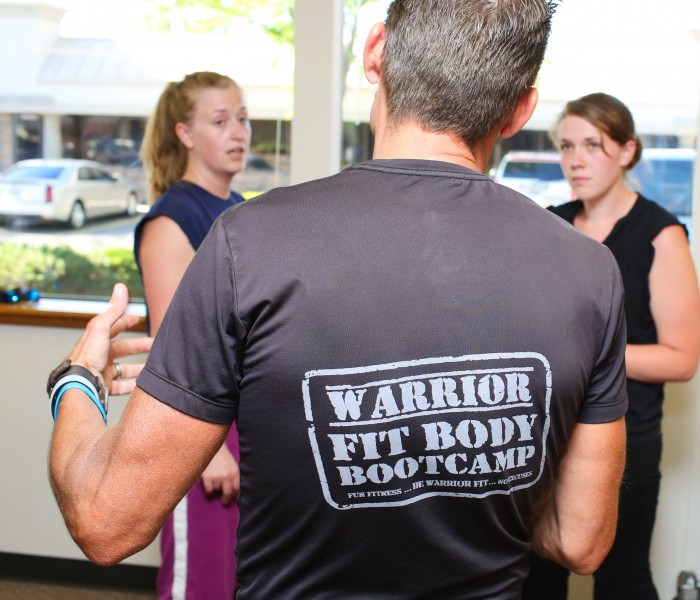
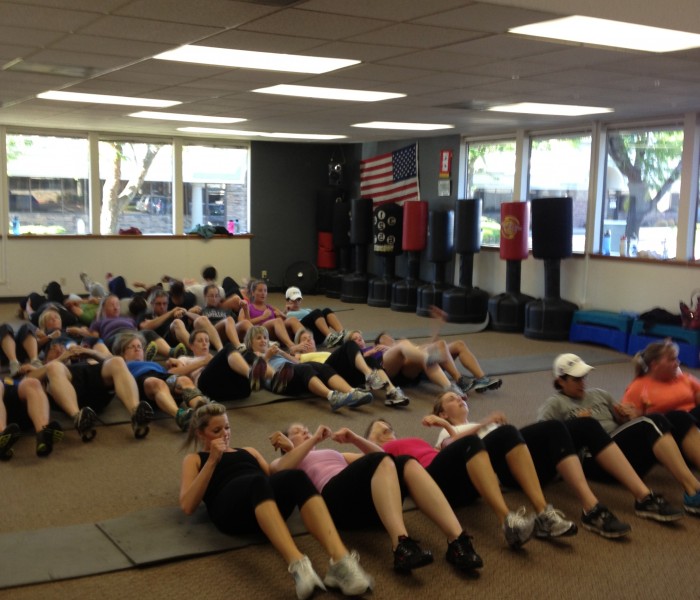


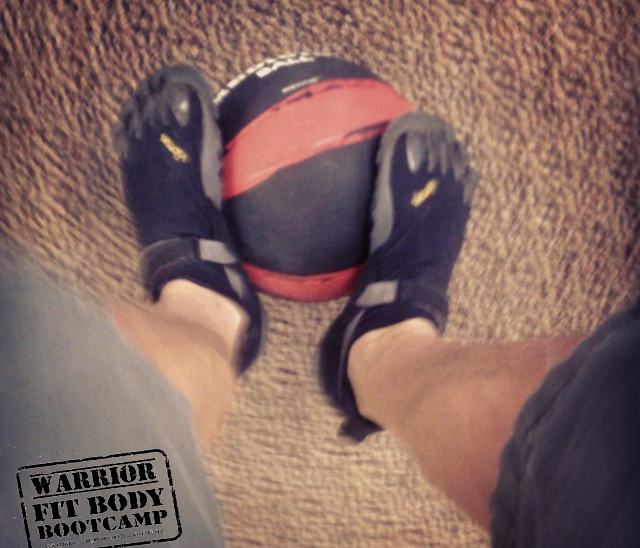
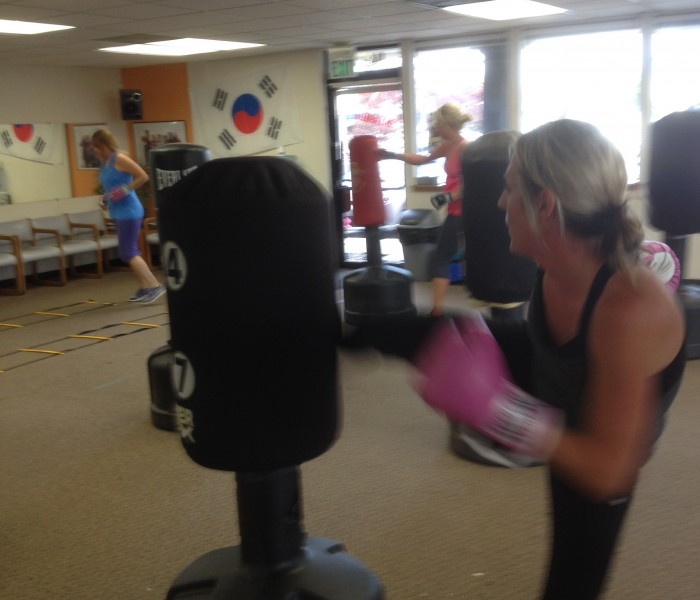
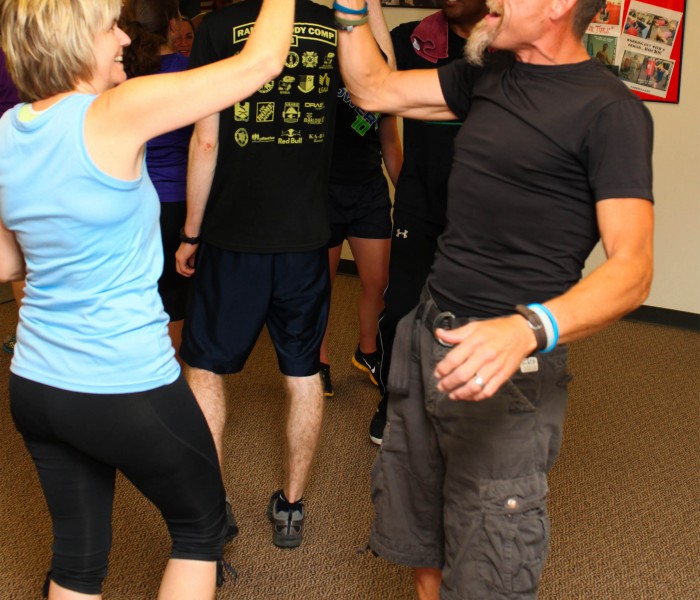
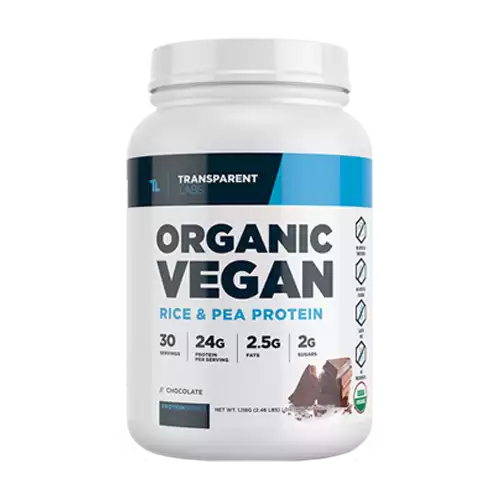
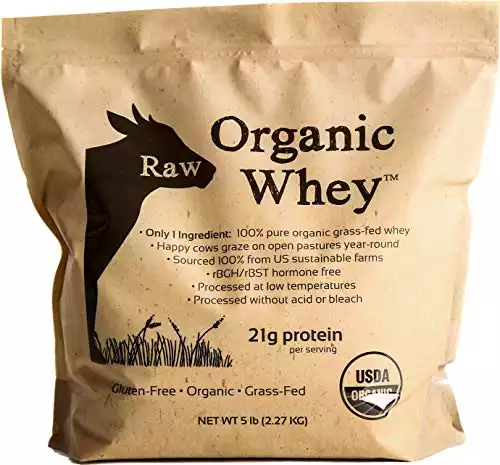
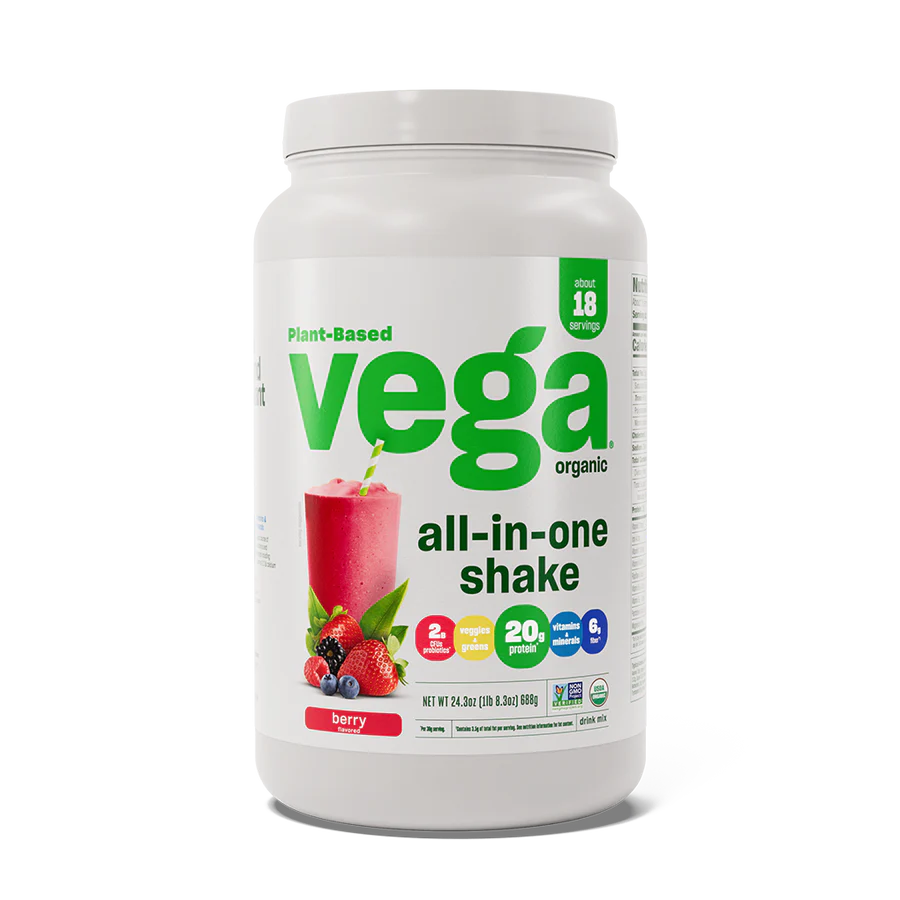
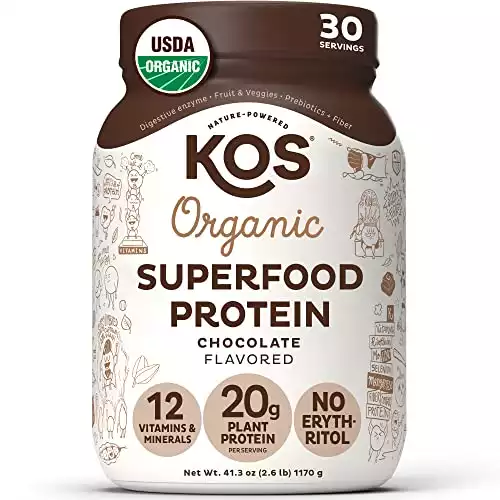
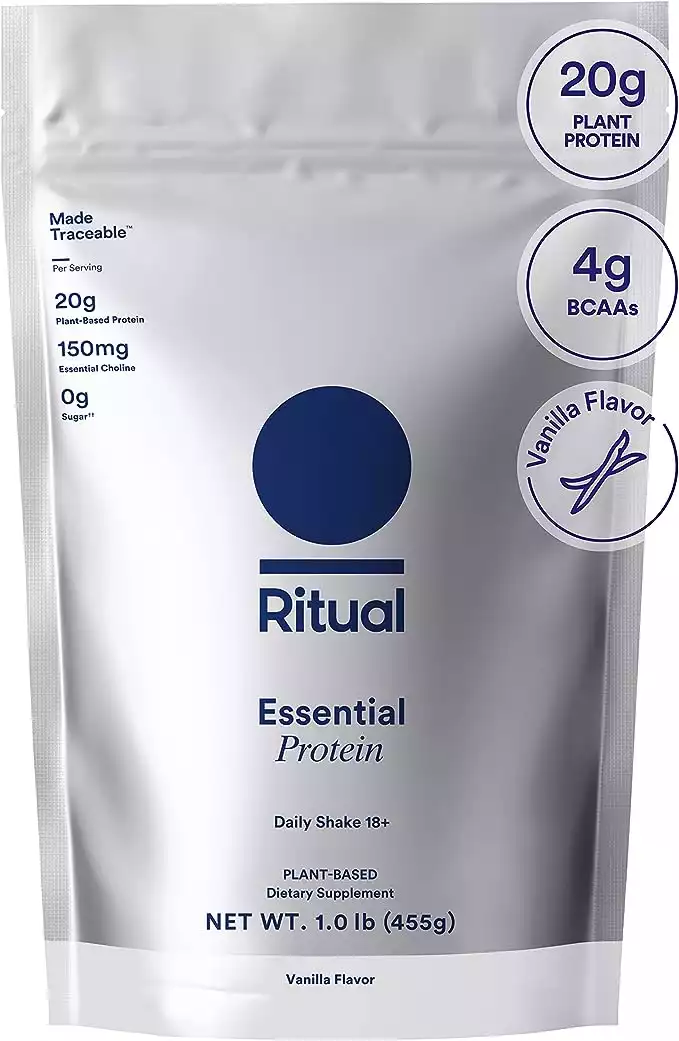
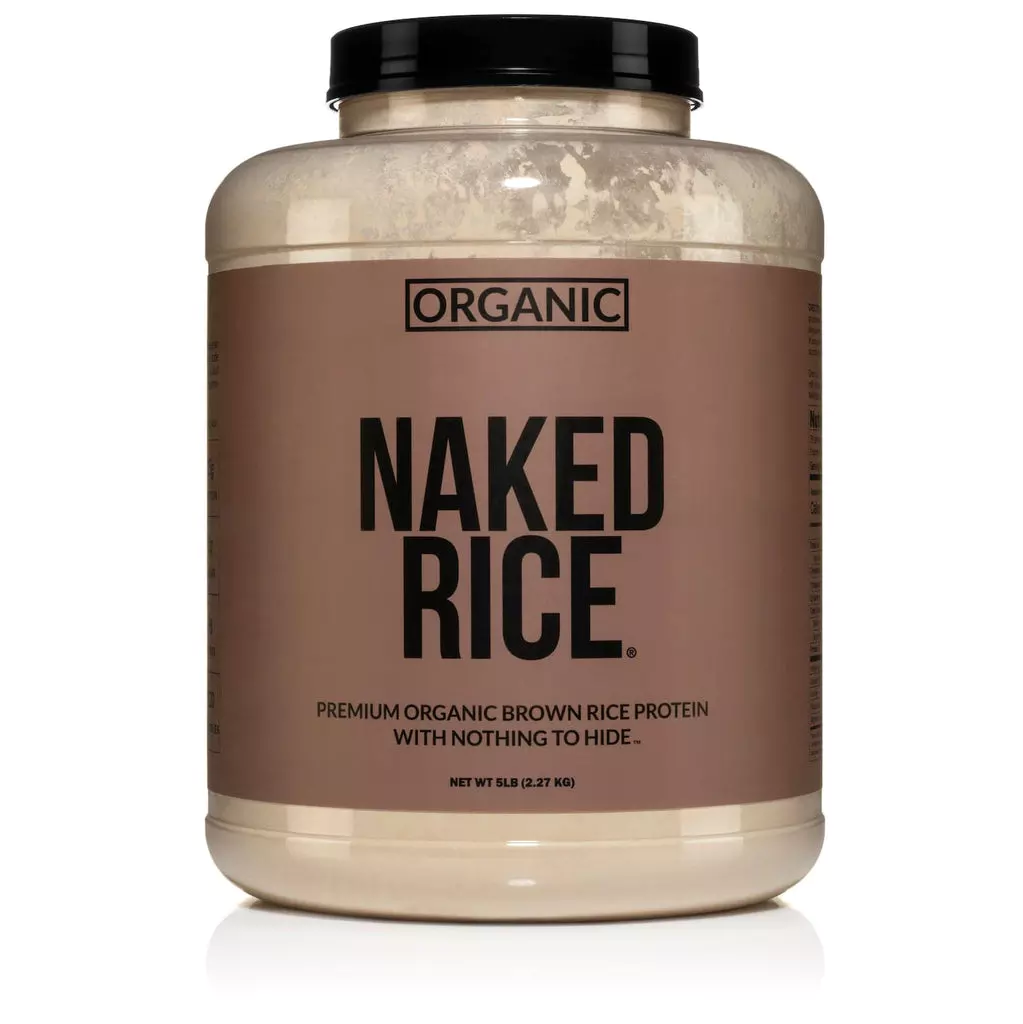
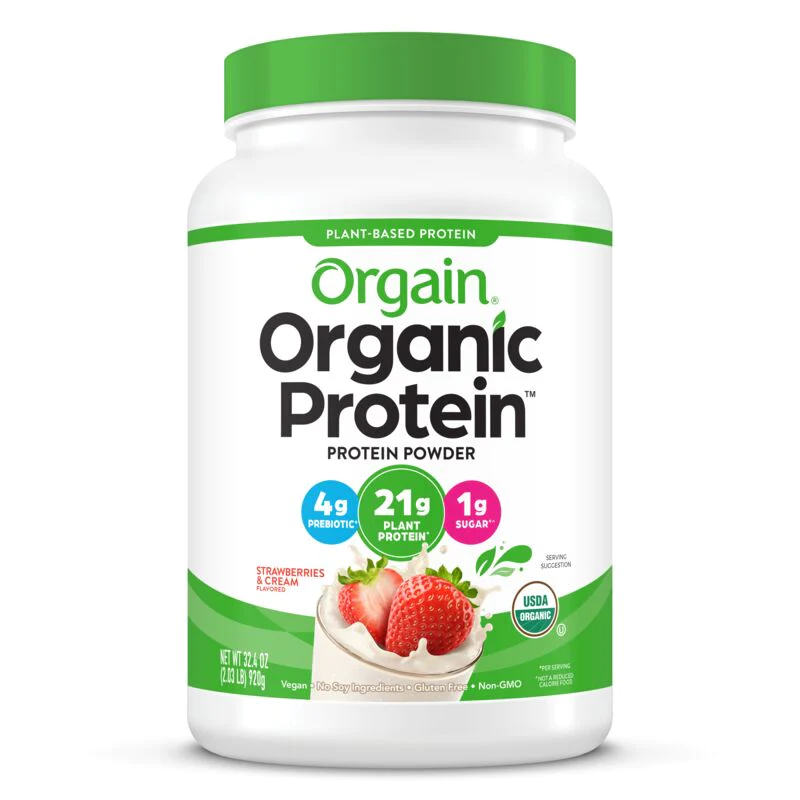
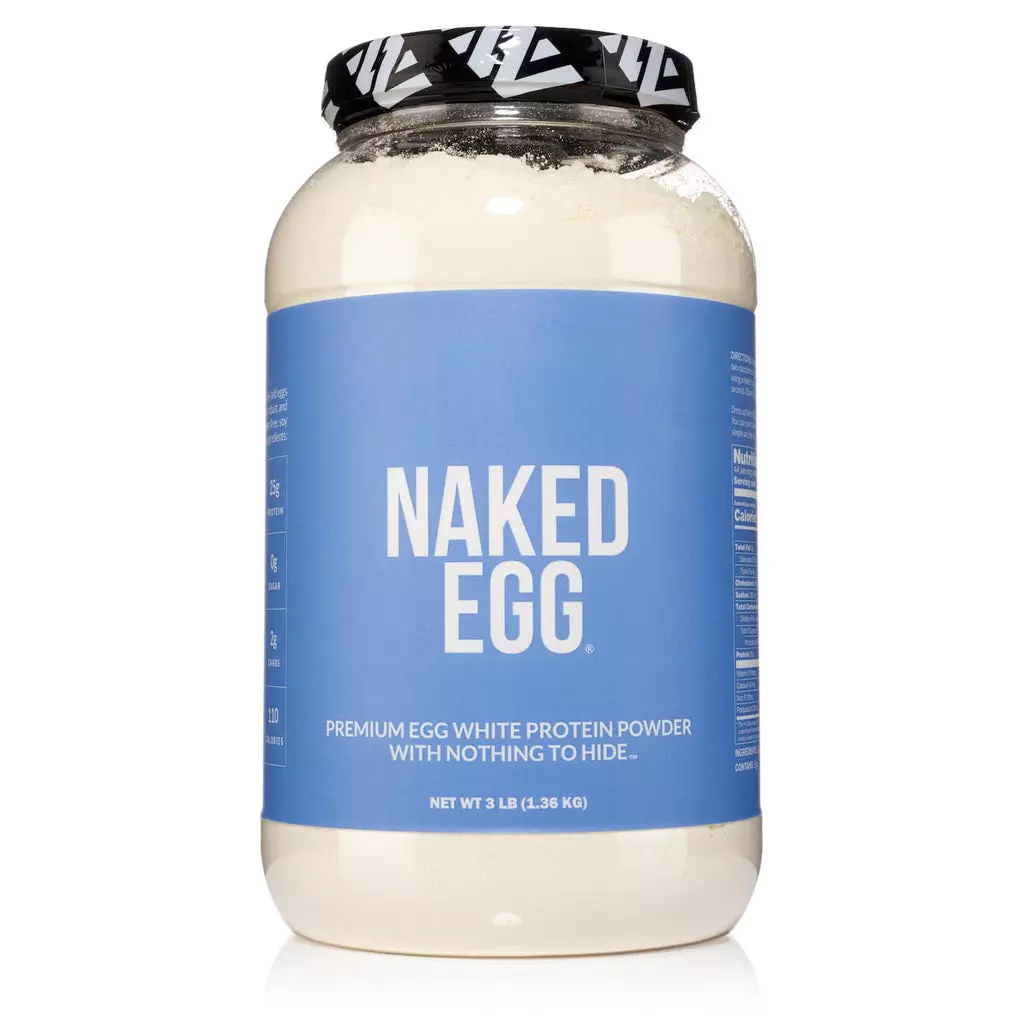
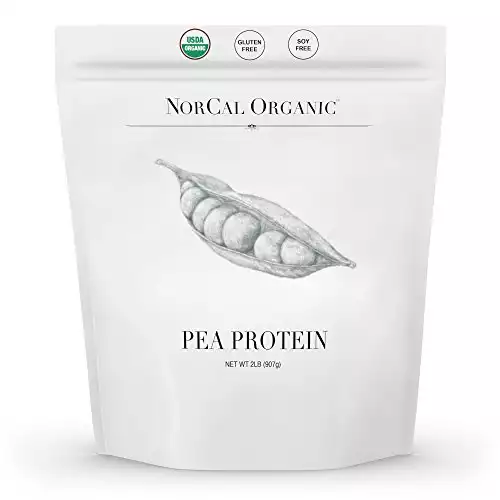


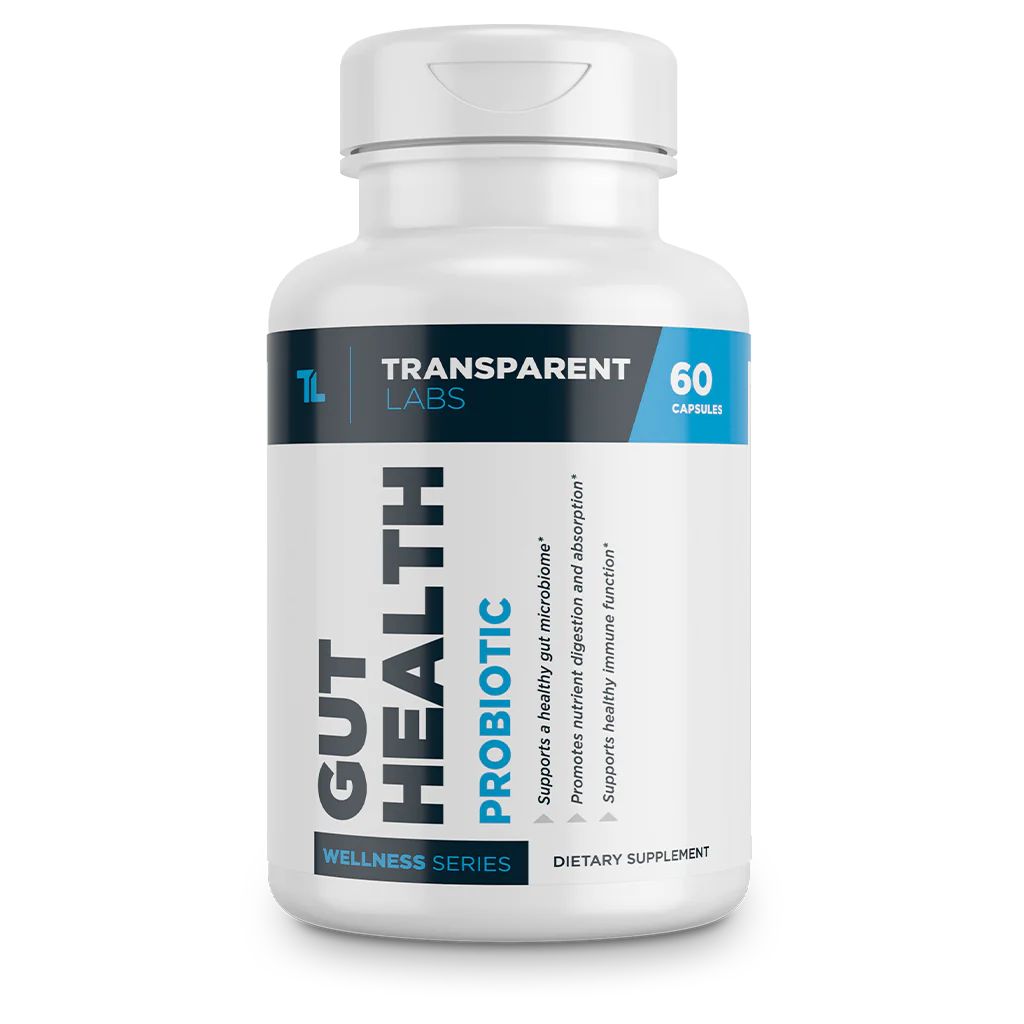
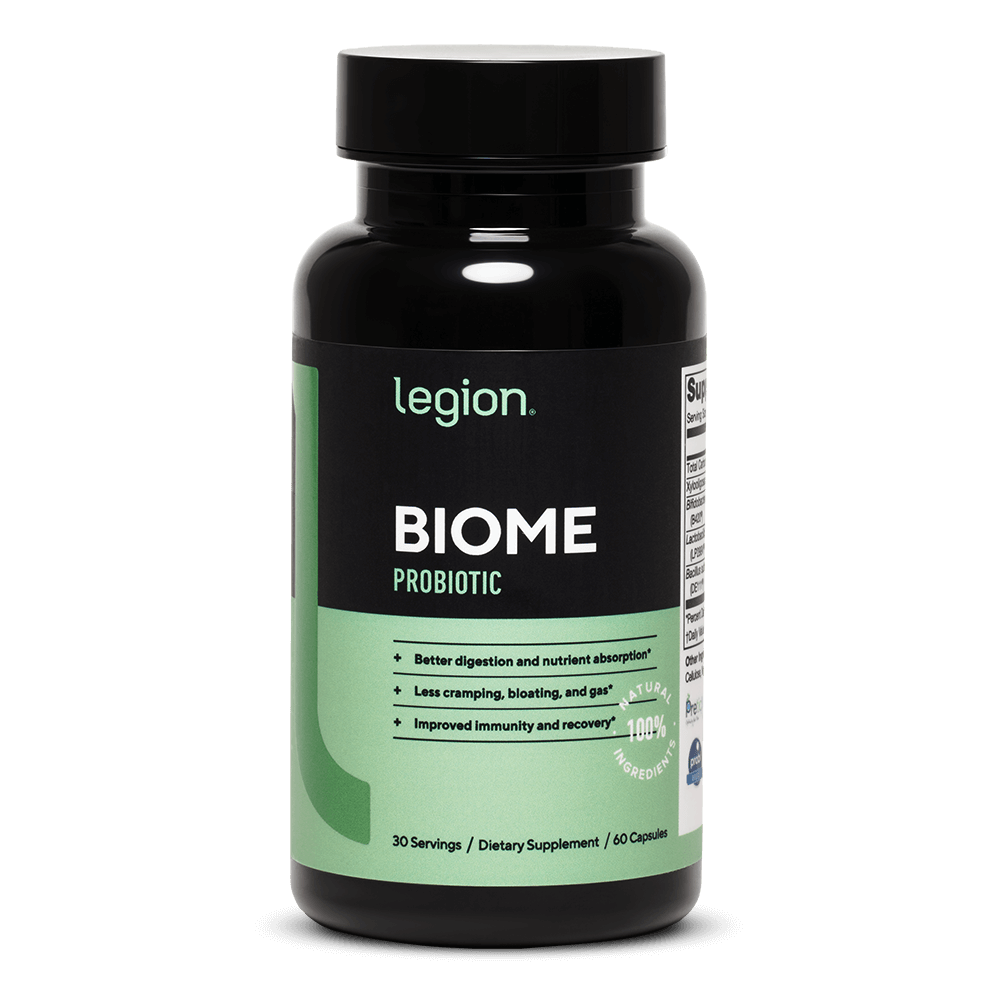
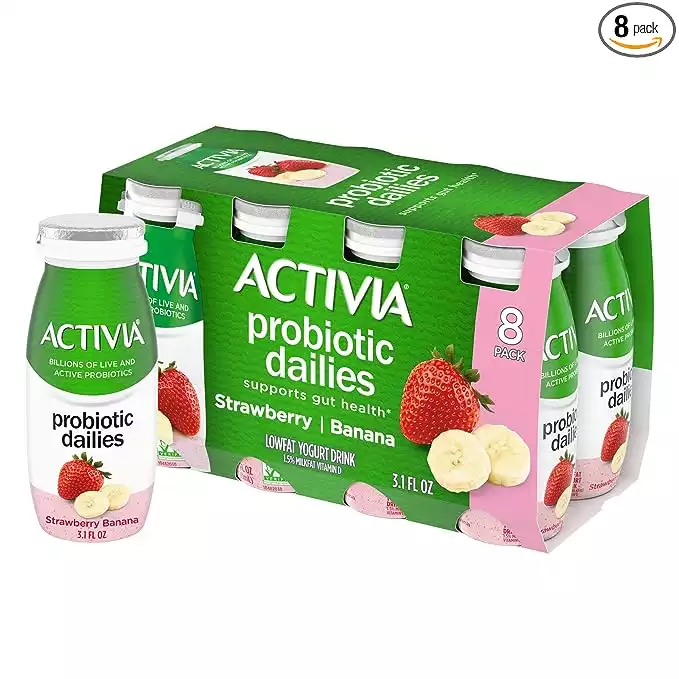
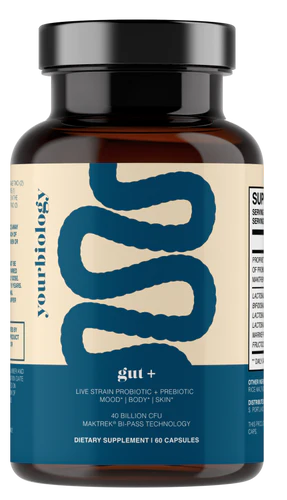
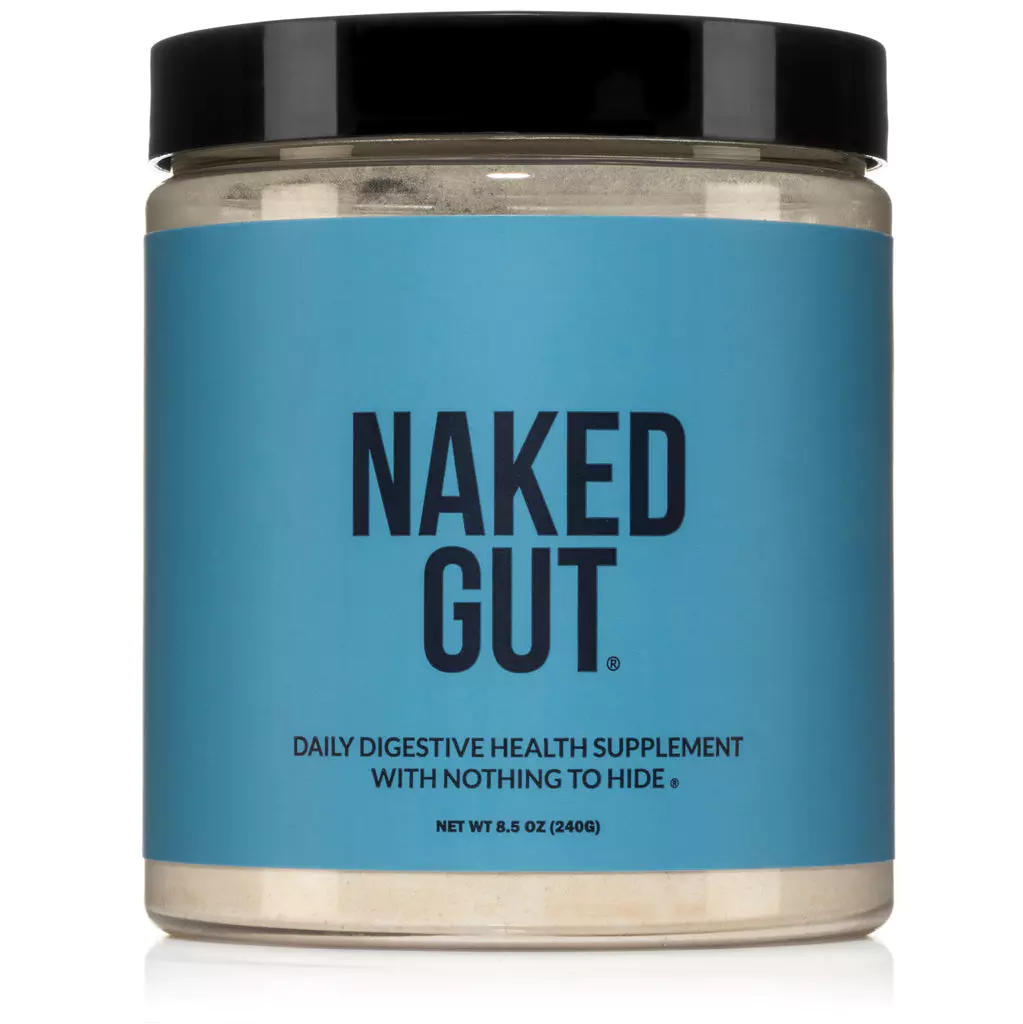
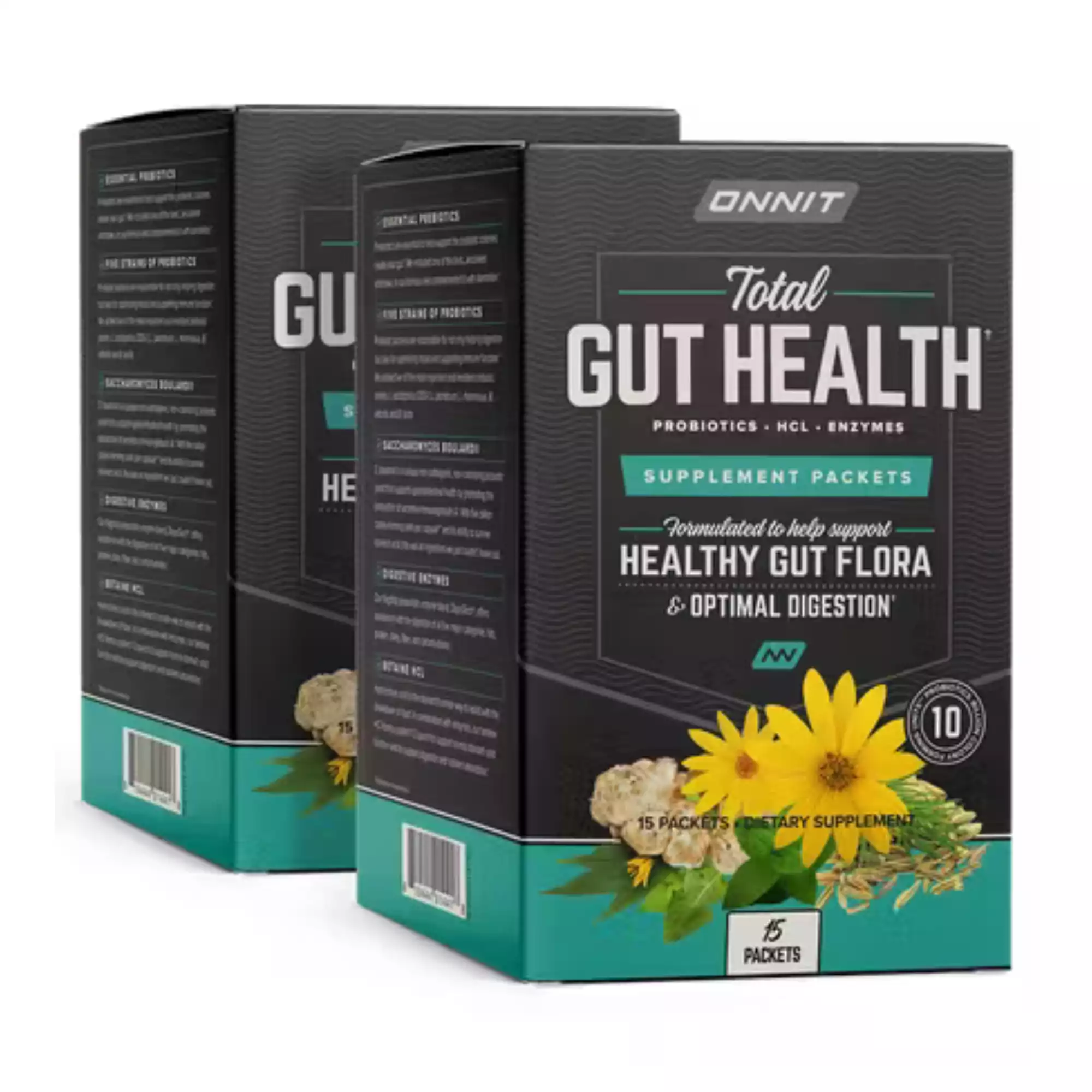



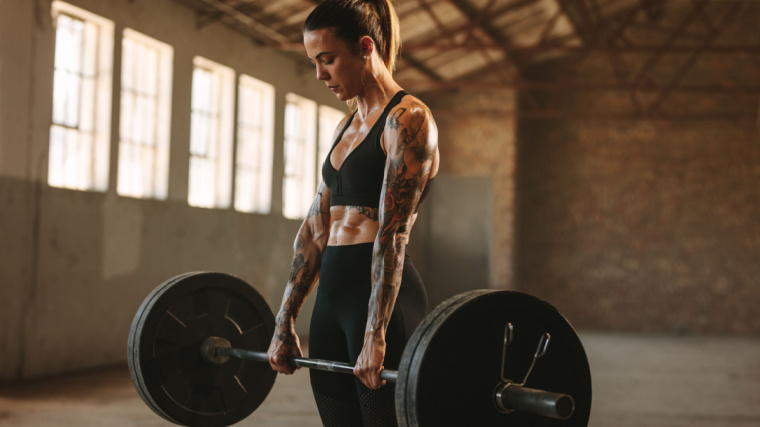
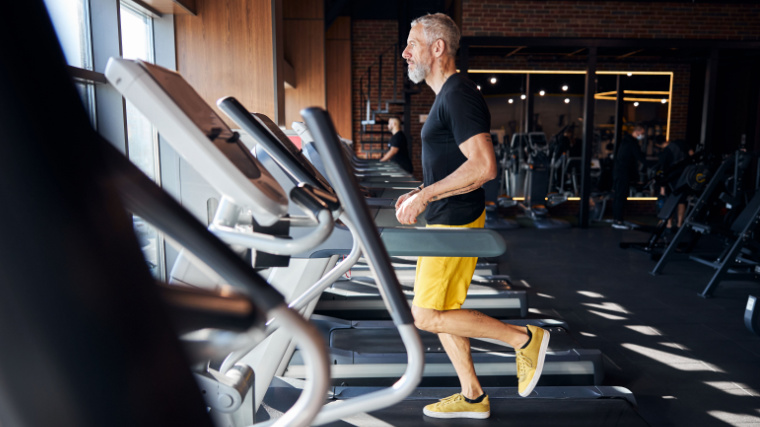

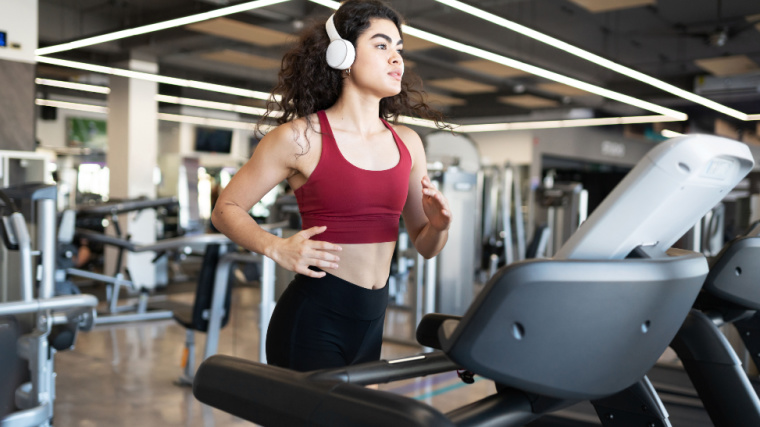


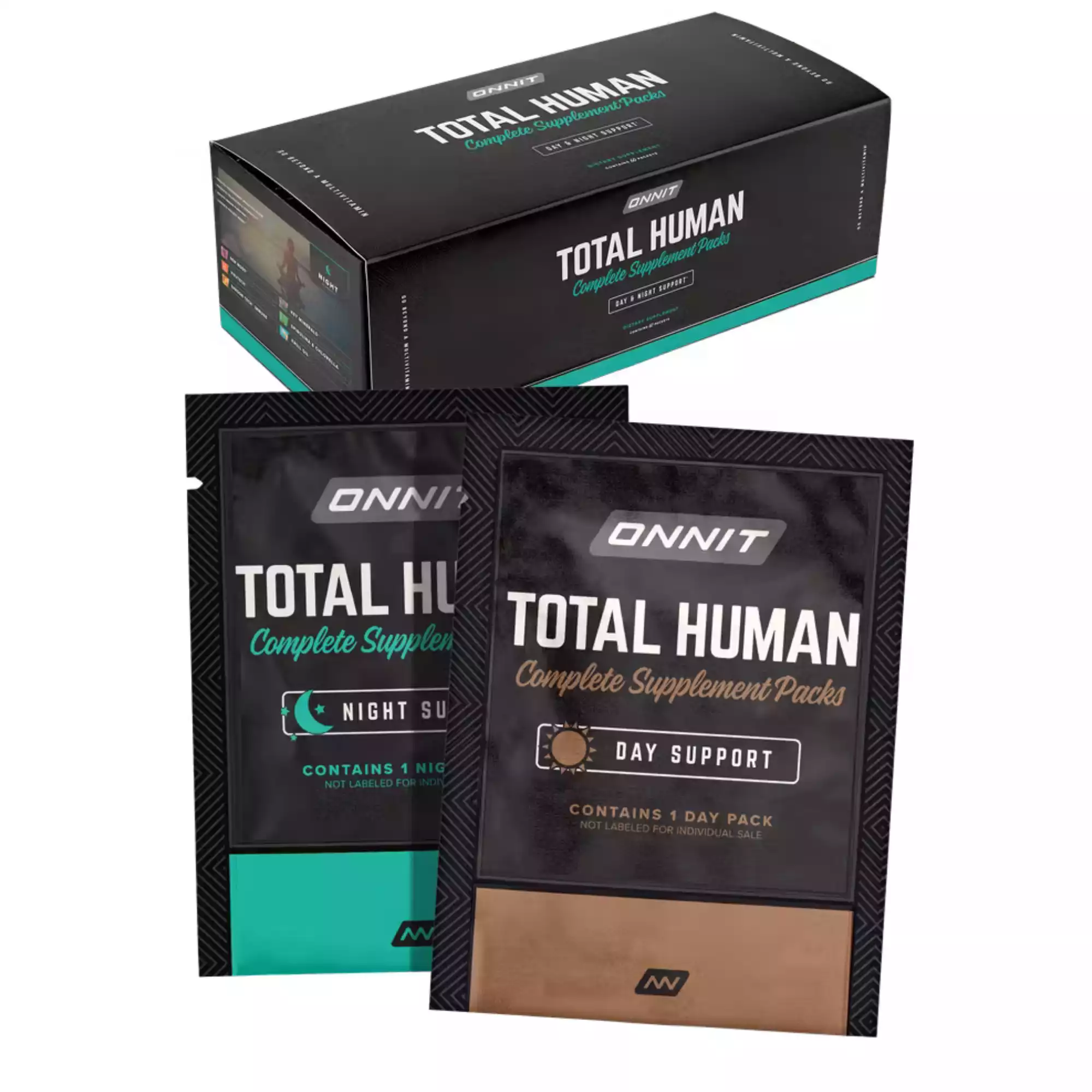
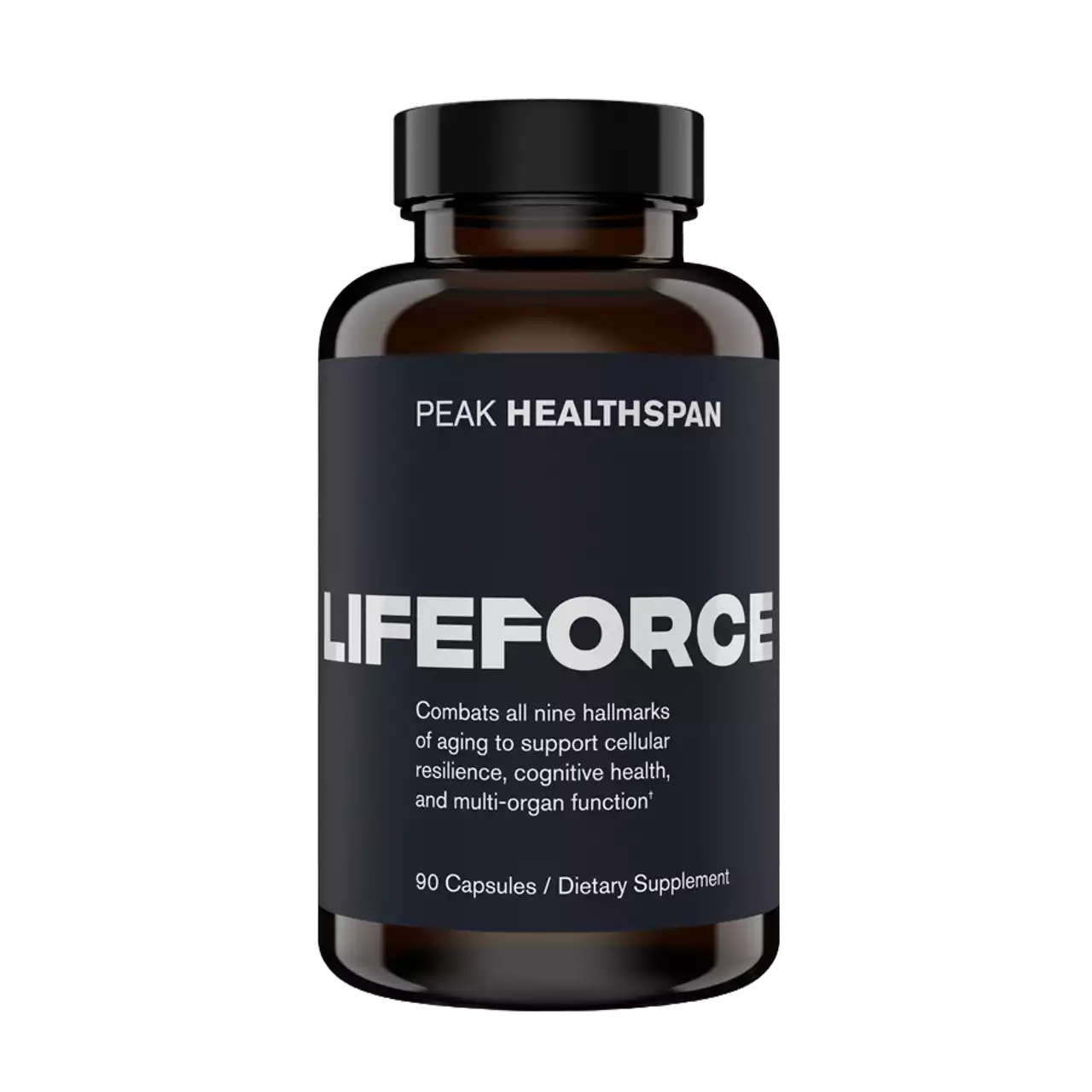
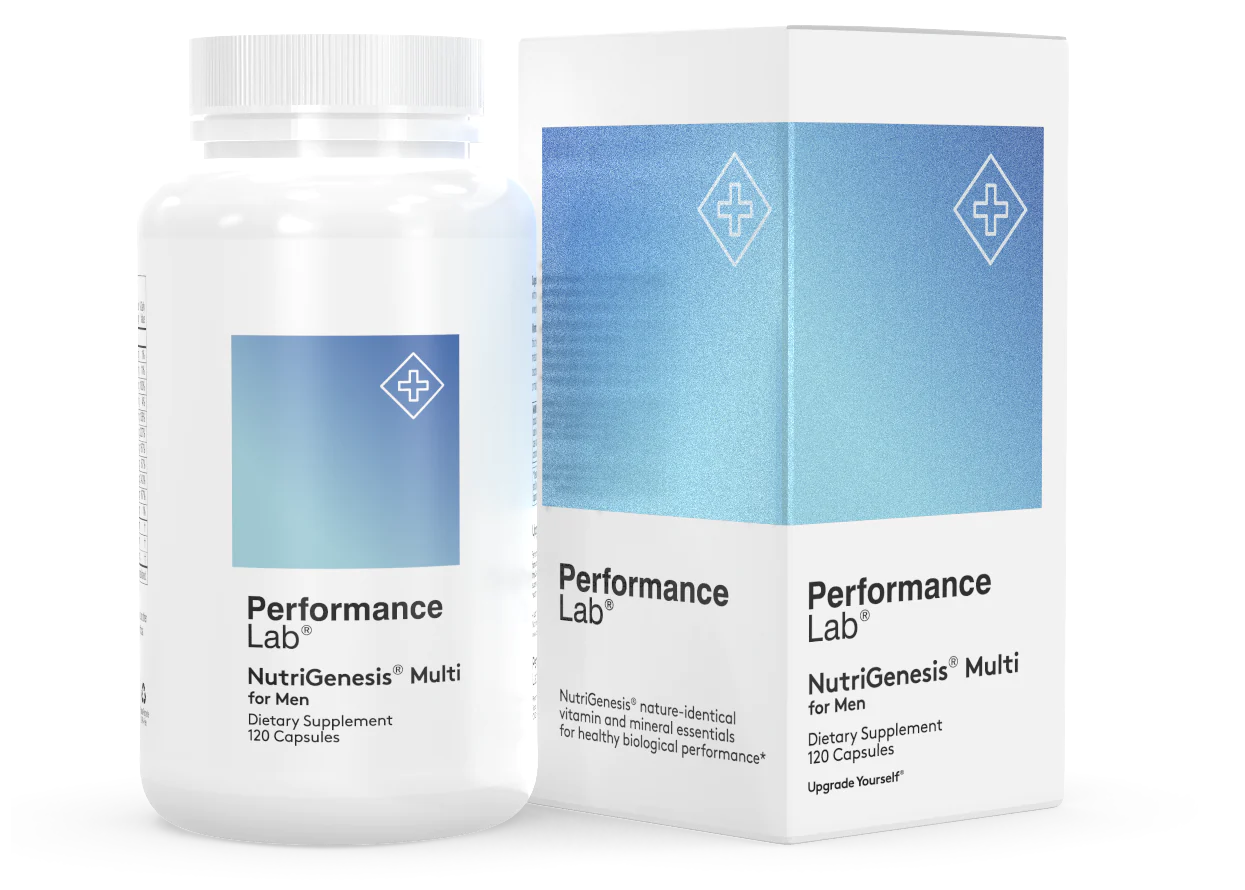

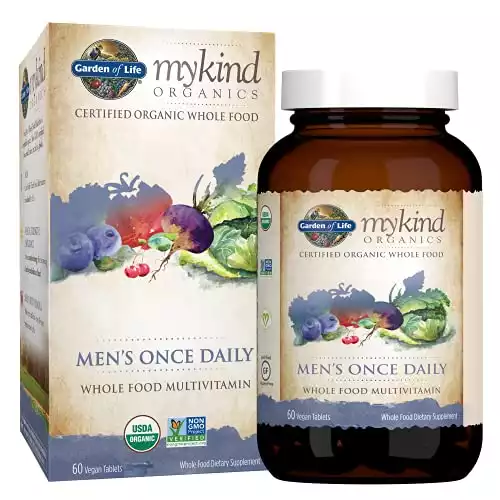
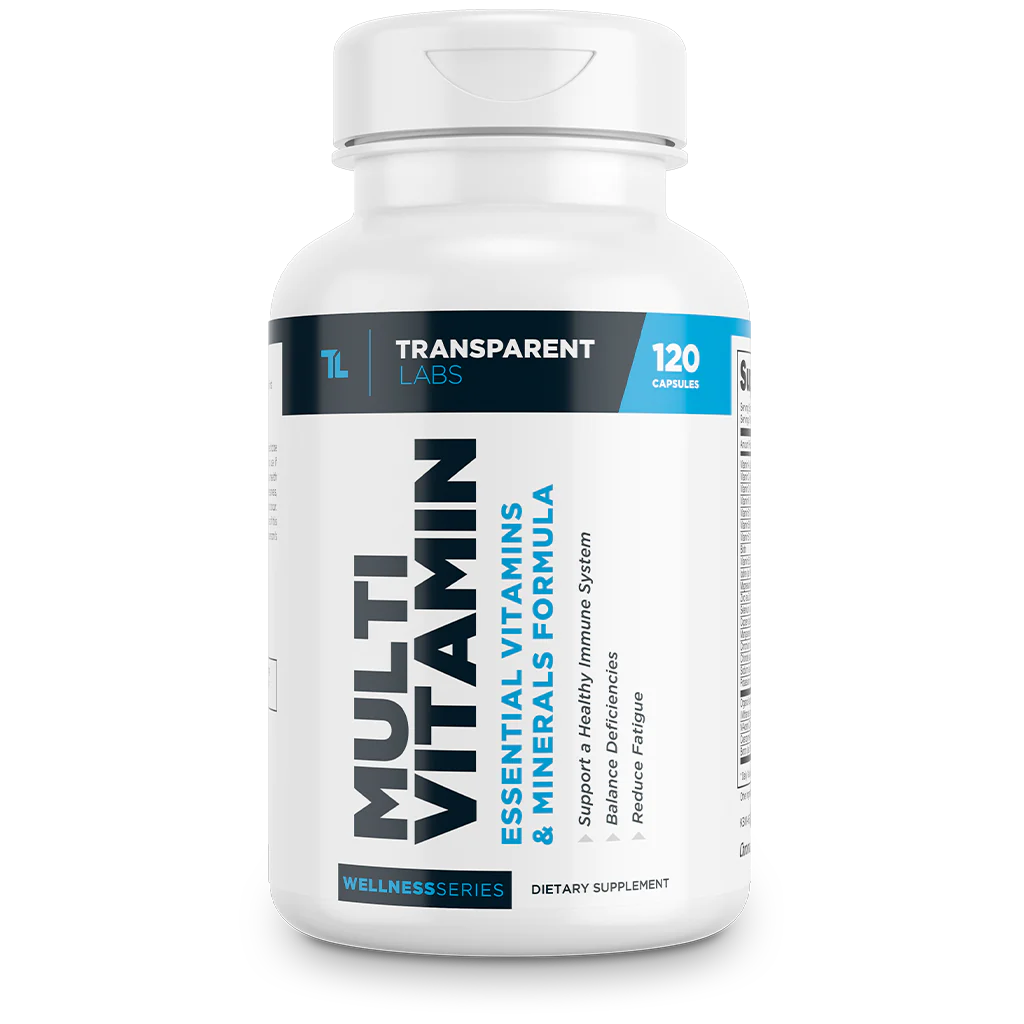
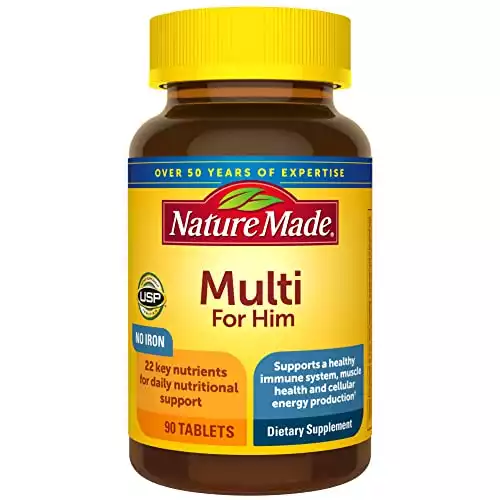
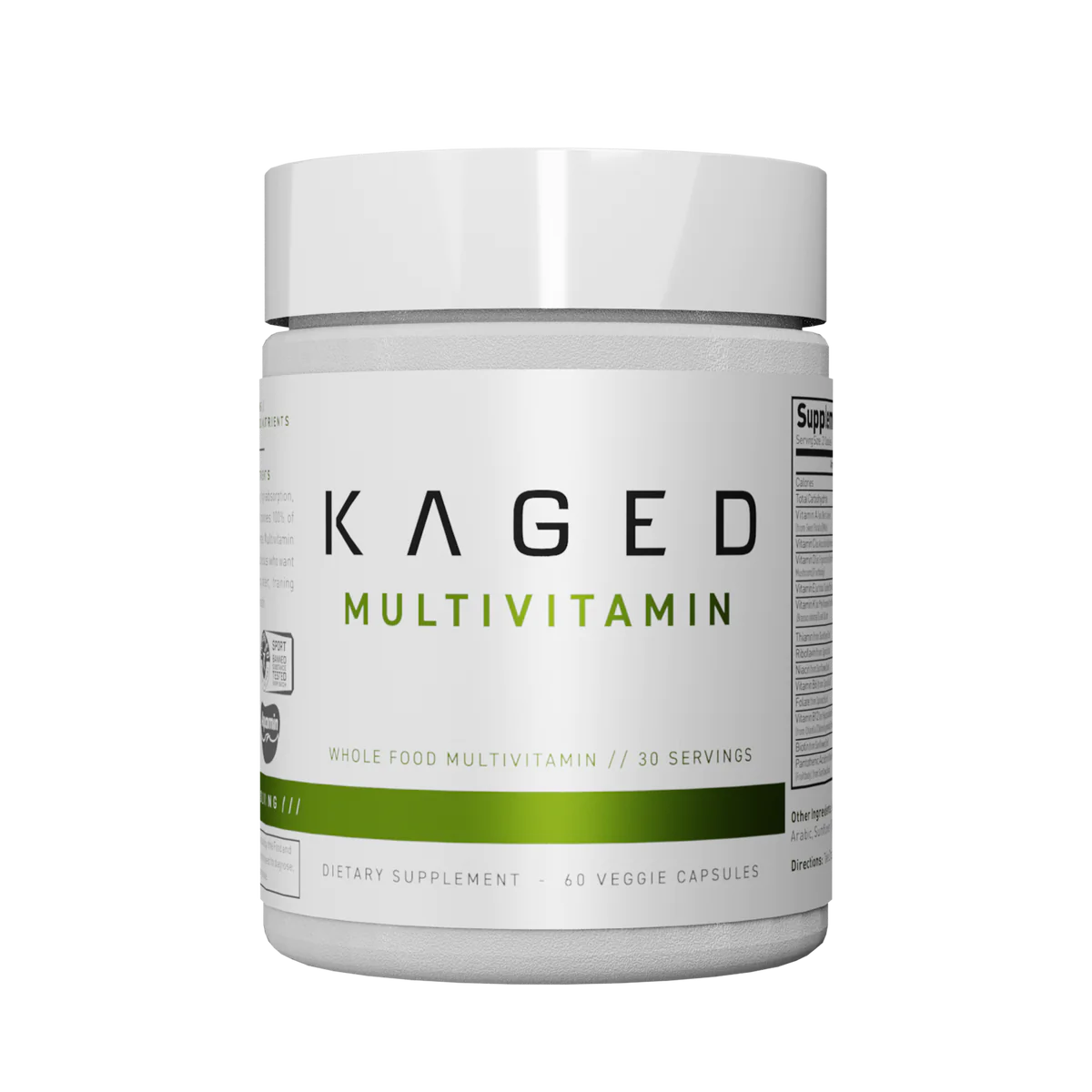
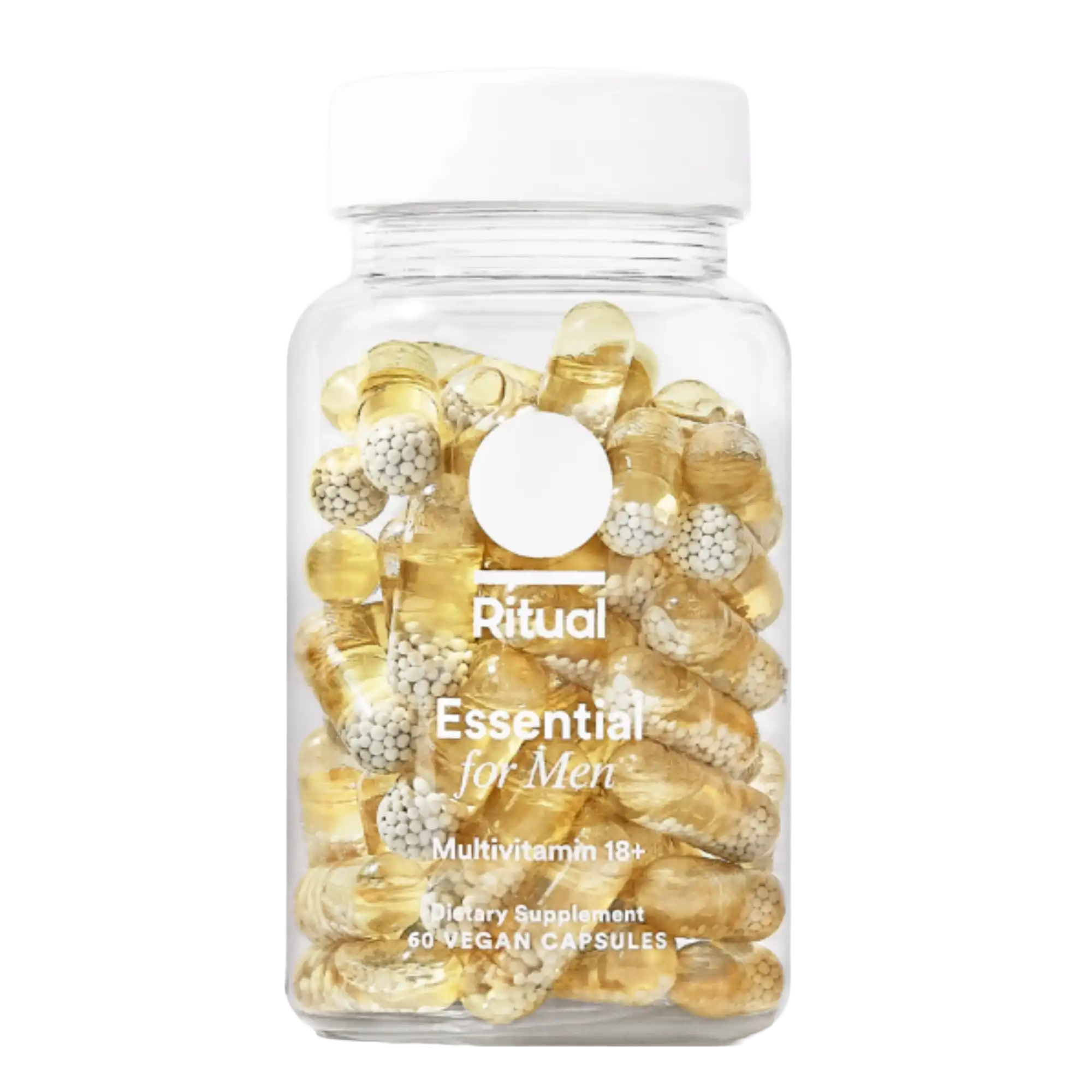
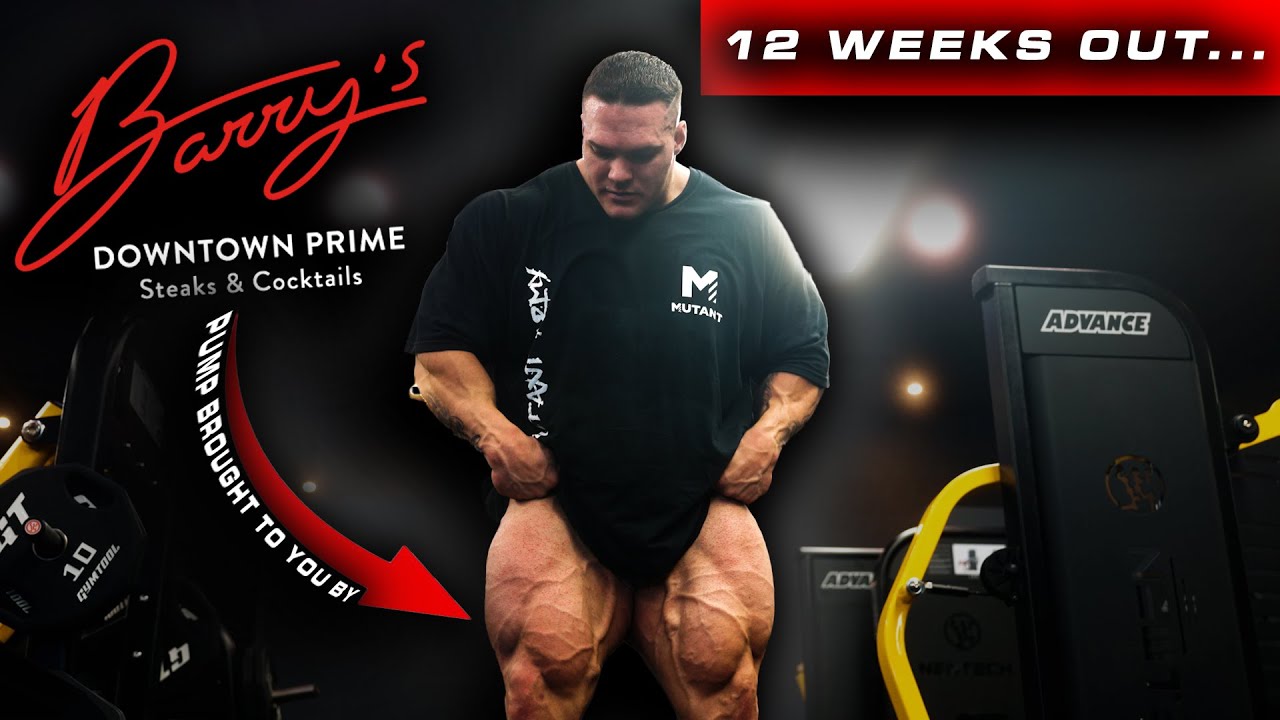

 I consider myself a “forward-thinking” guy. Meaning, I focus on what I’m pulling towards rather than dwelling too much on things gone by.
I consider myself a “forward-thinking” guy. Meaning, I focus on what I’m pulling towards rather than dwelling too much on things gone by.

 For now classes are 6pm and 640pm at 2840 Wildwood st in the Boise Cloggers studio.
Book your class NOW!
click this ==>
For now classes are 6pm and 640pm at 2840 Wildwood st in the Boise Cloggers studio.
Book your class NOW!
click this ==>








